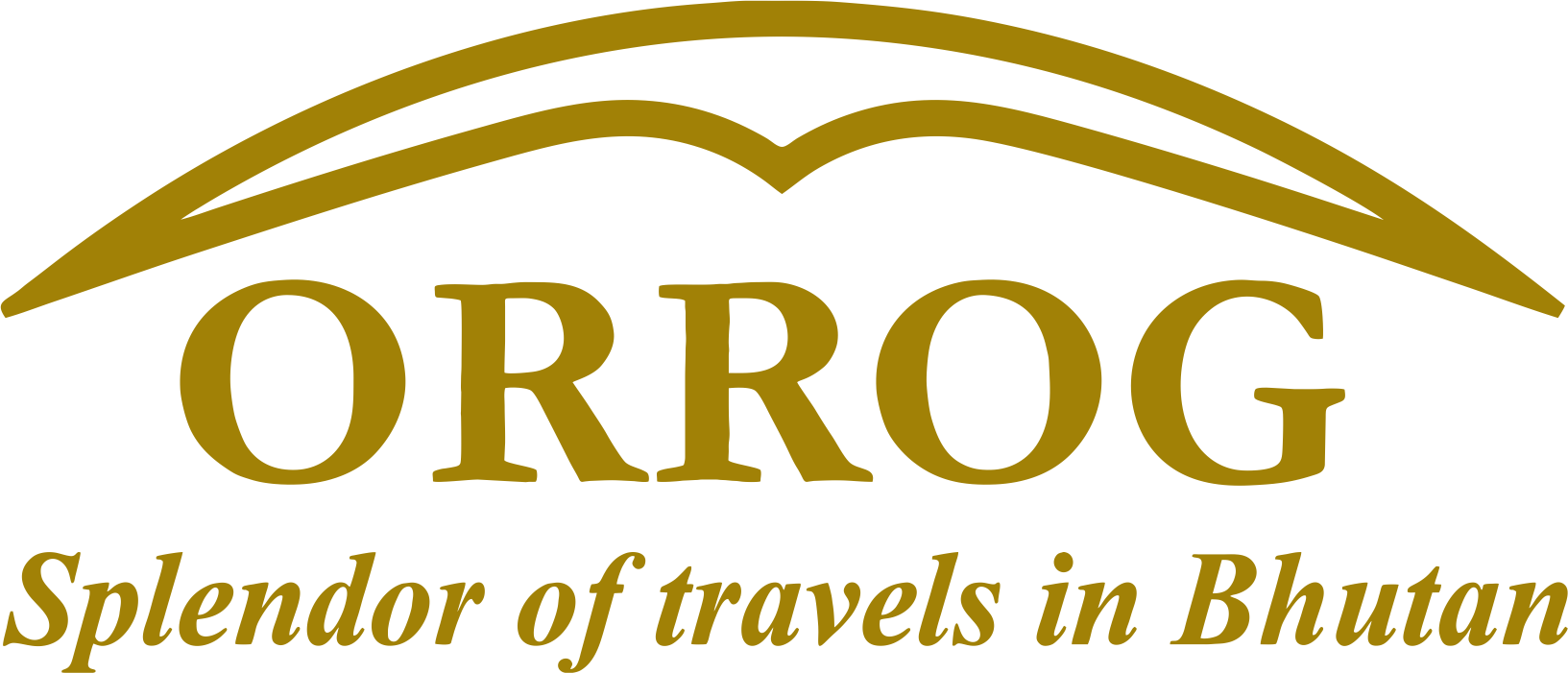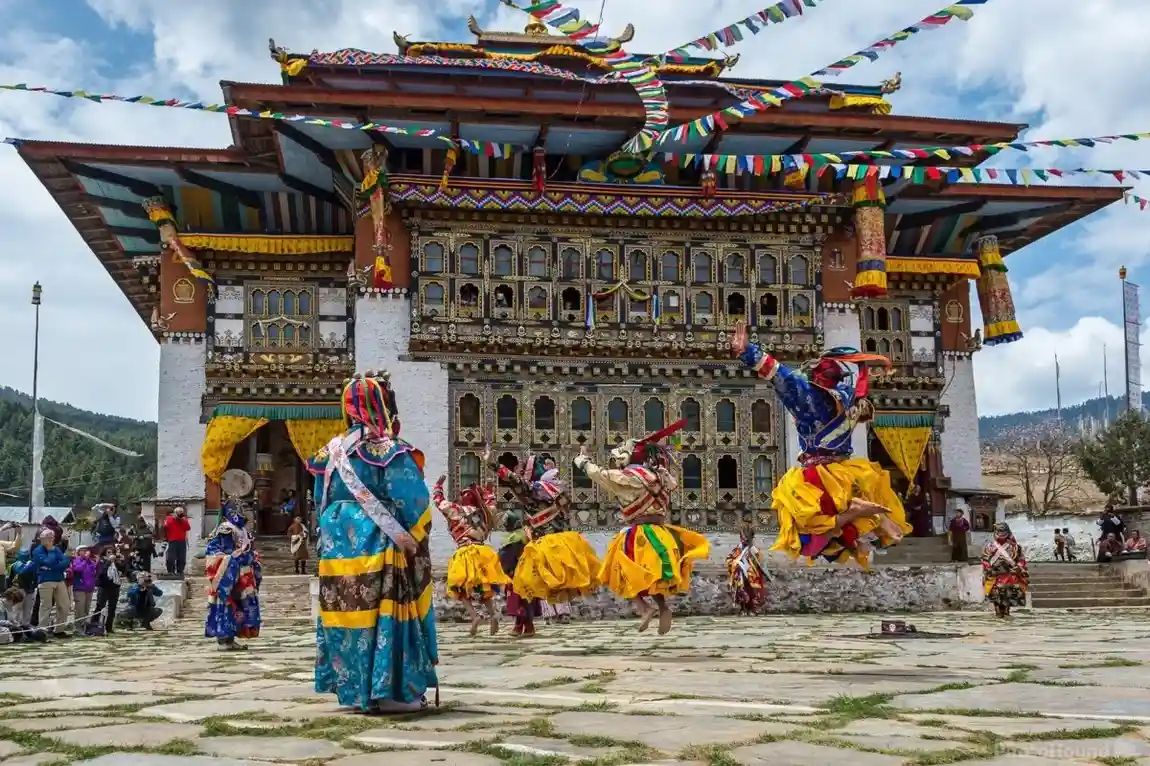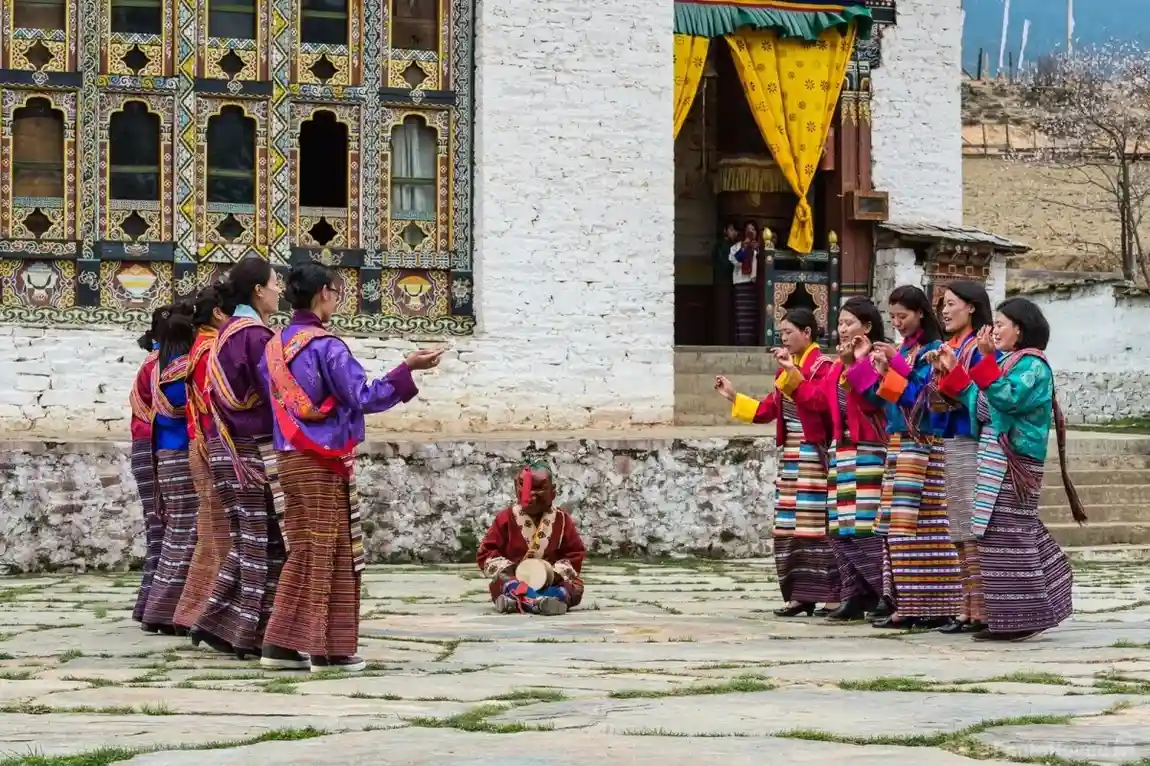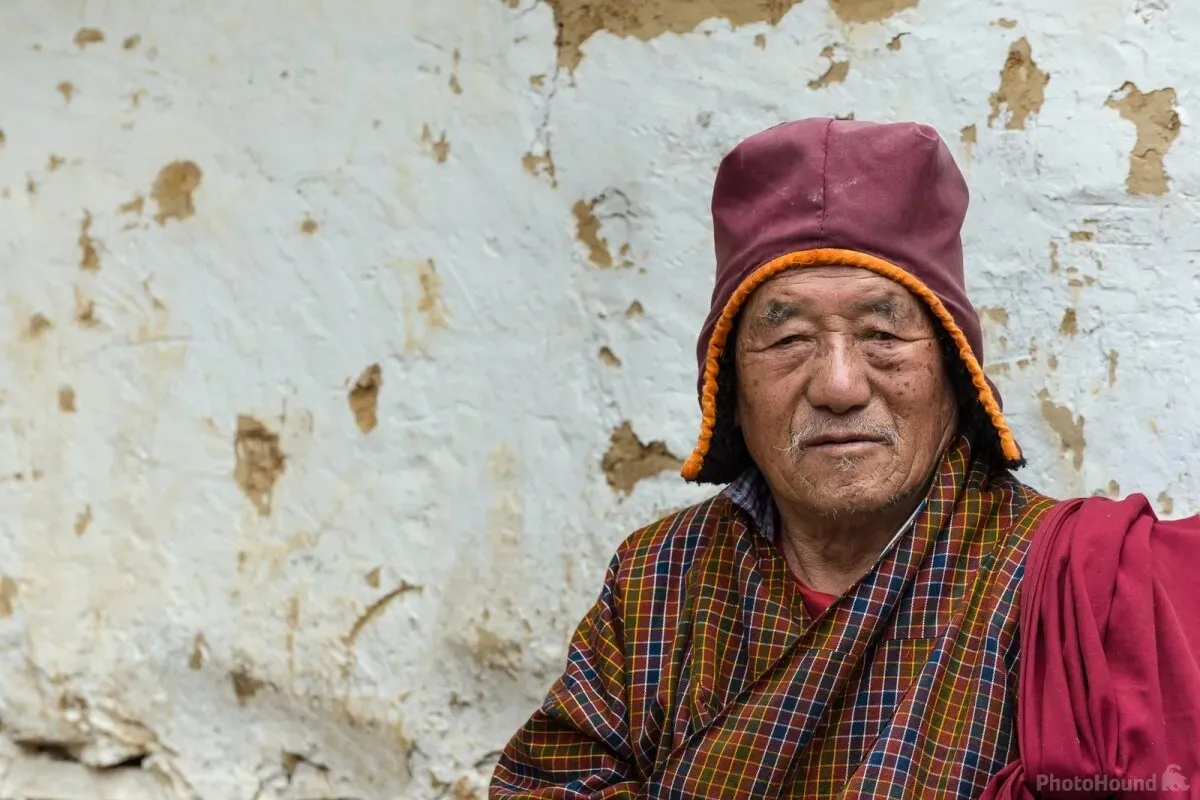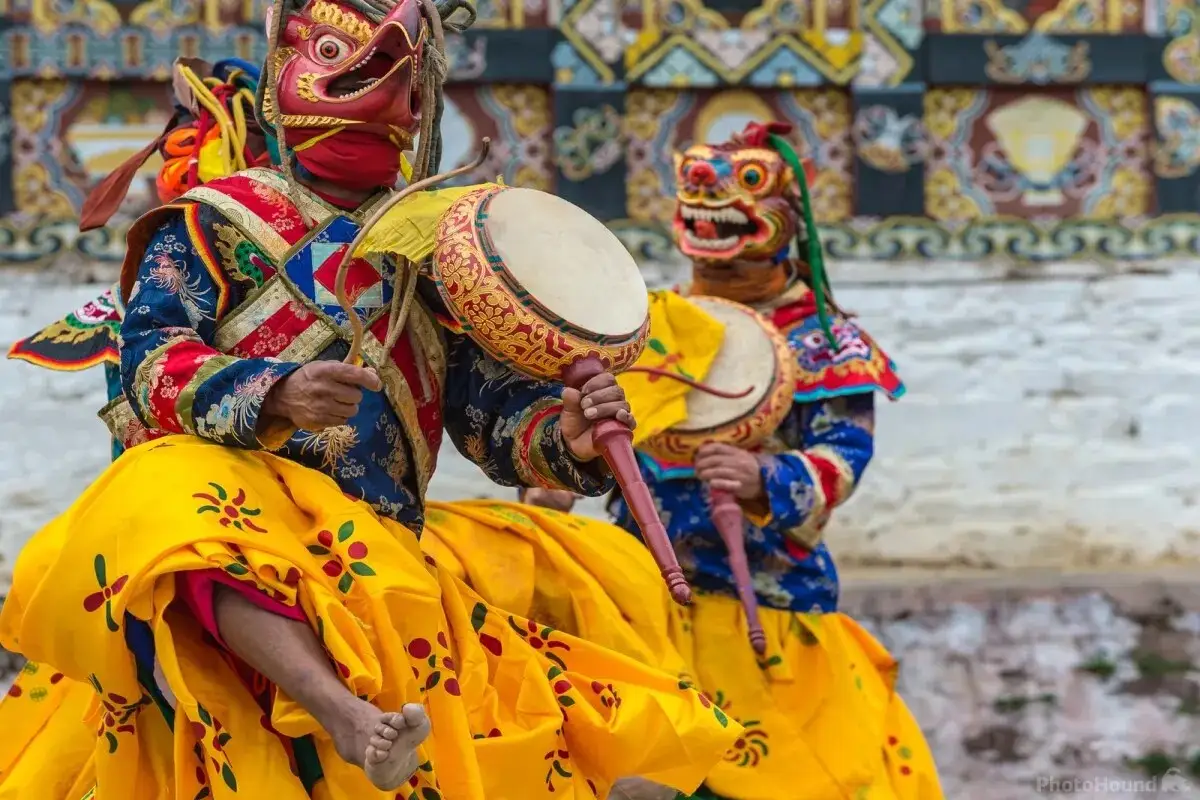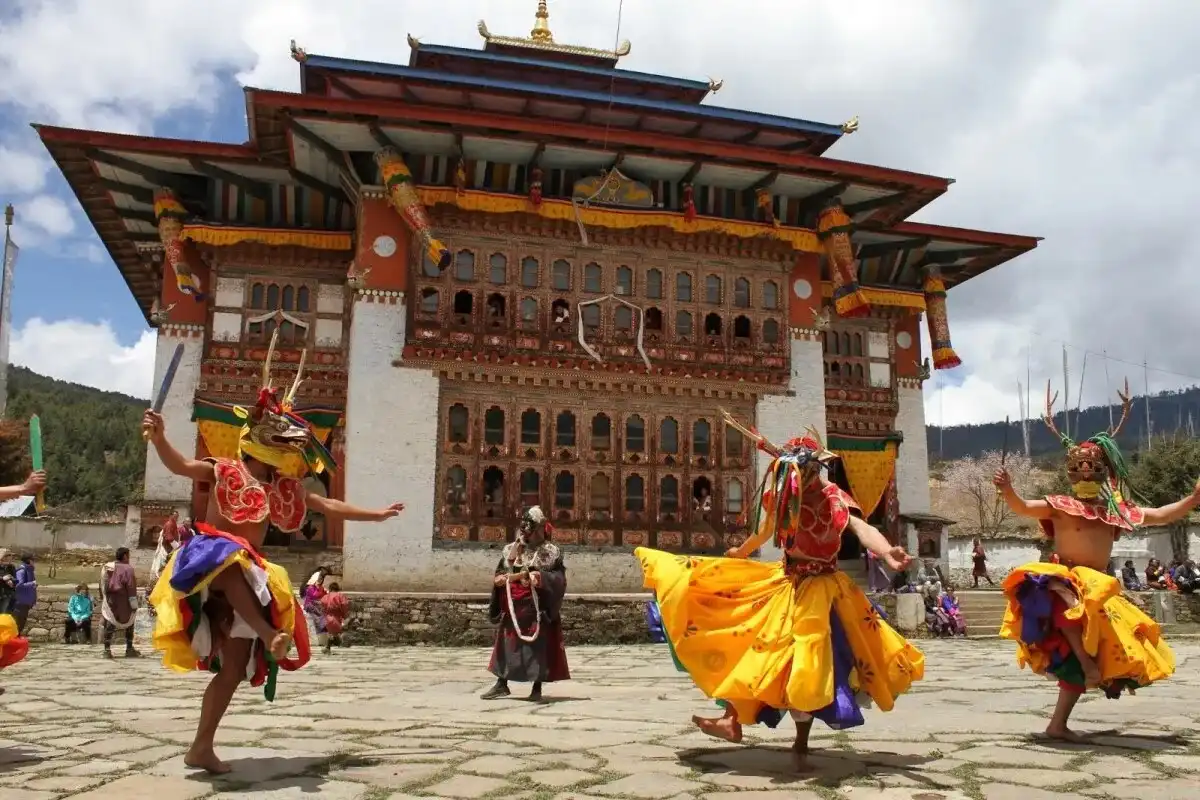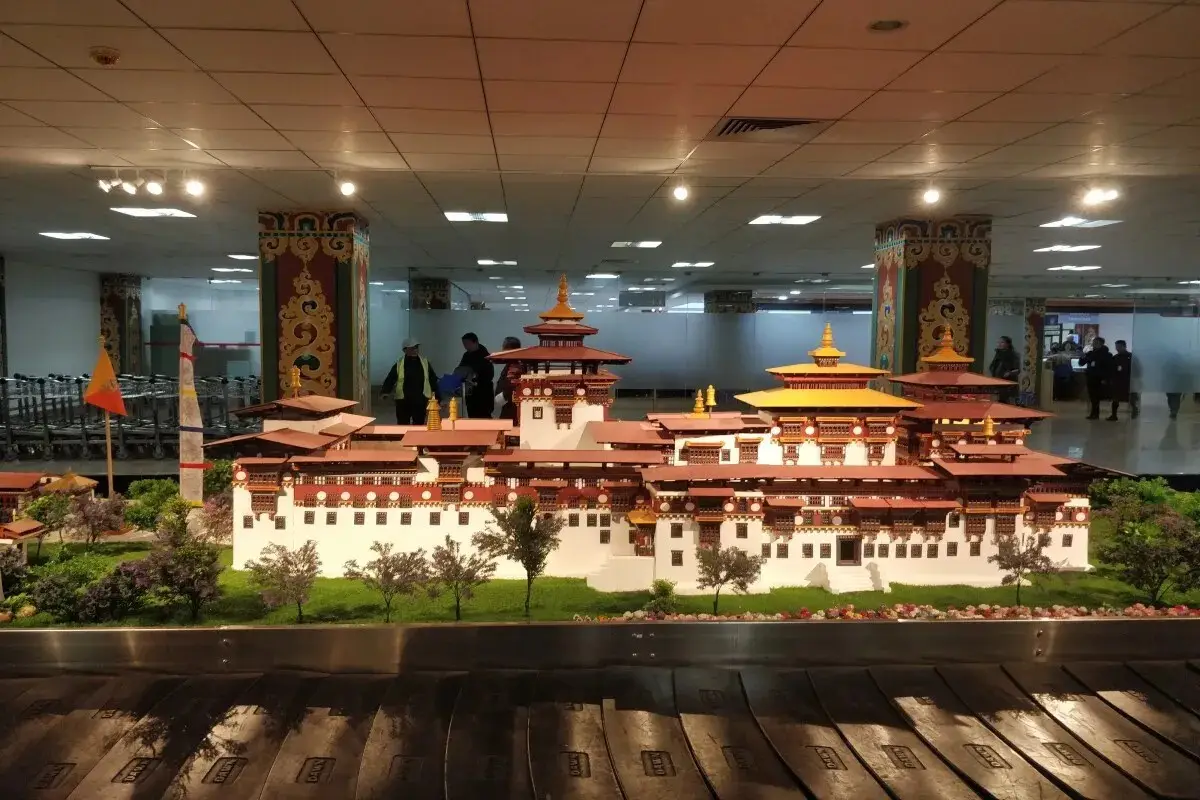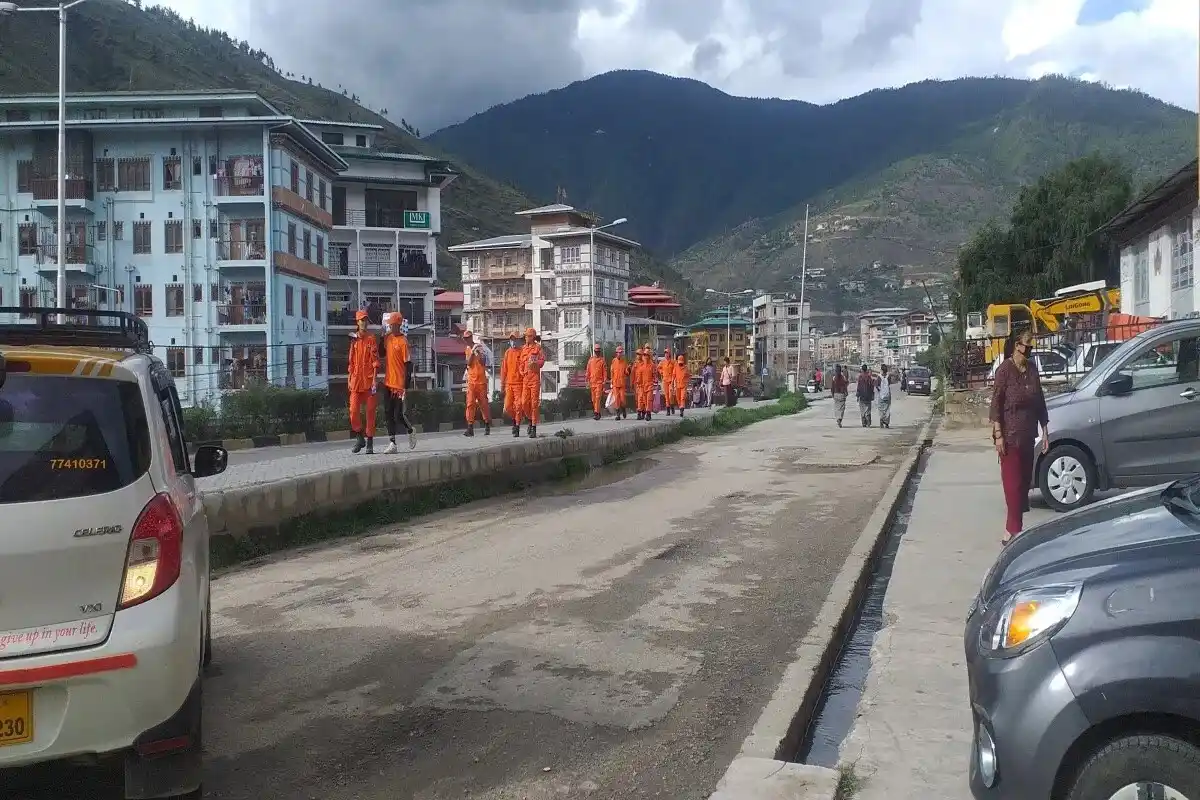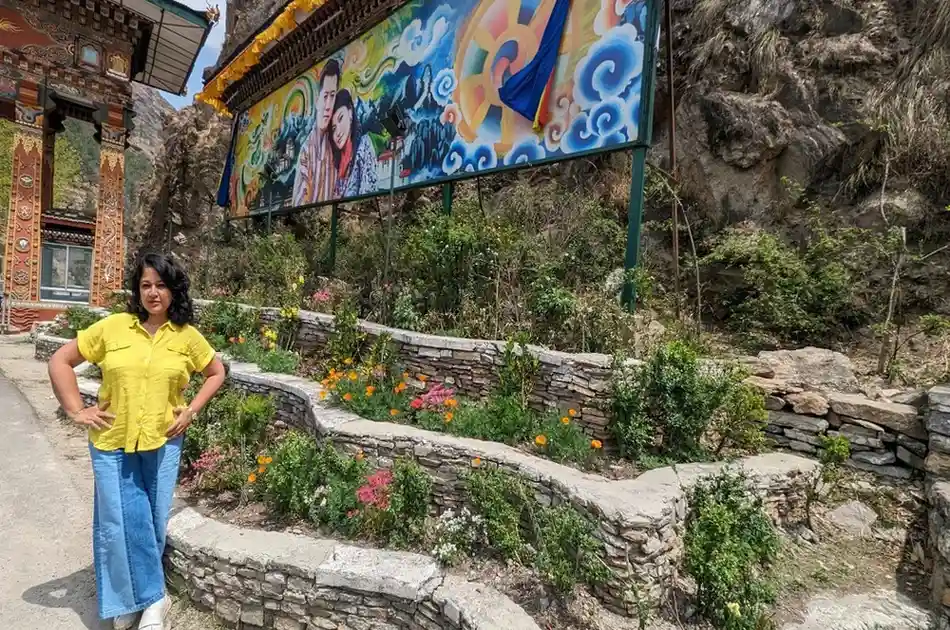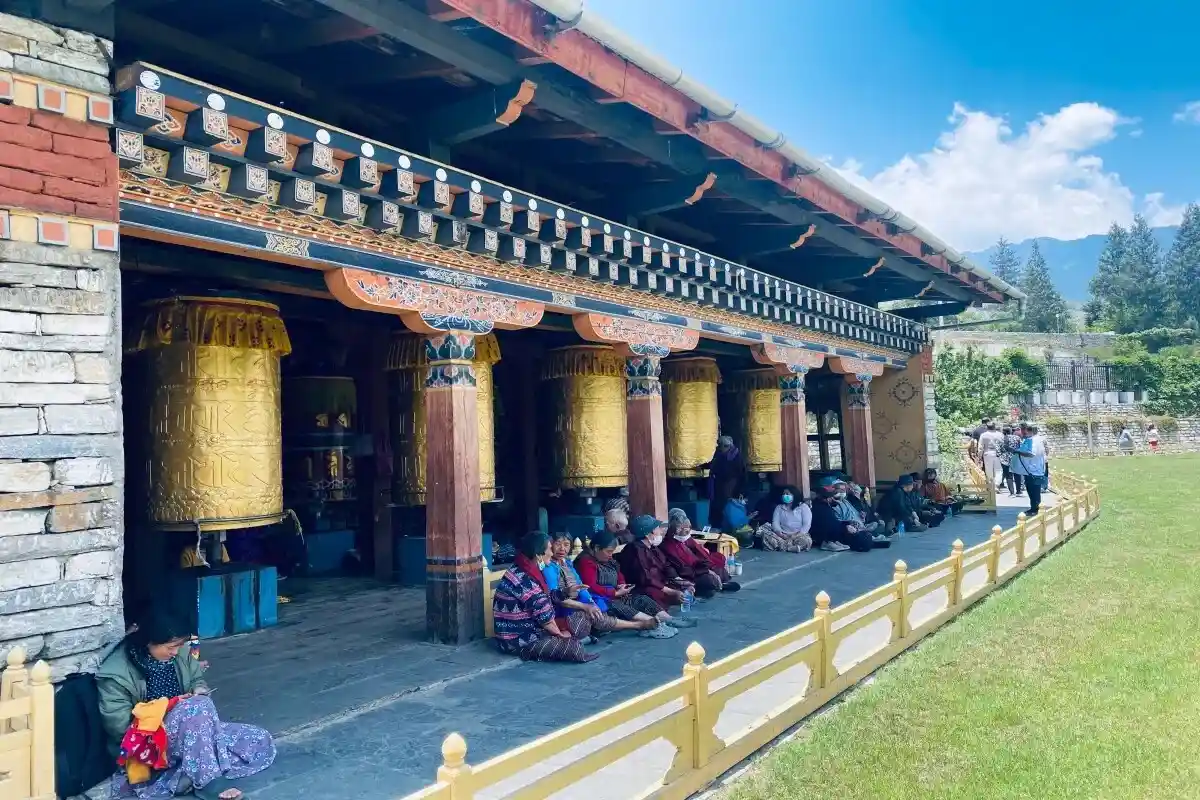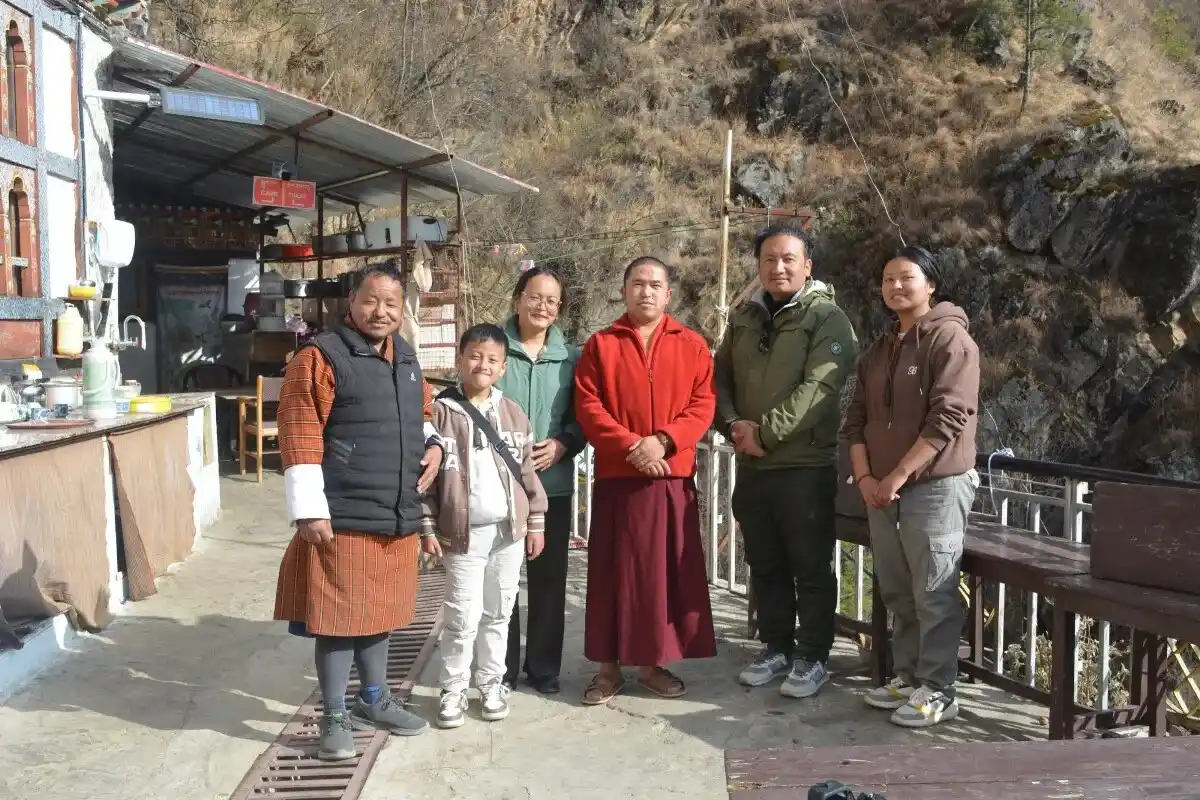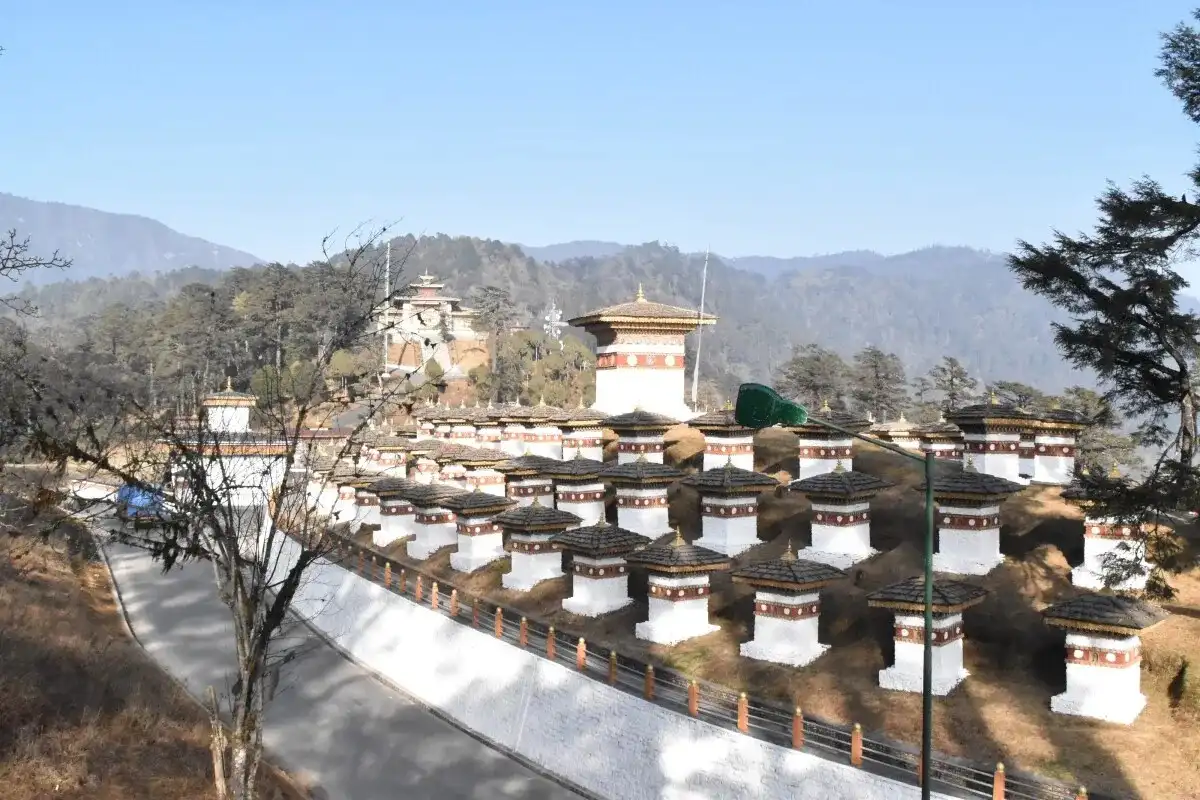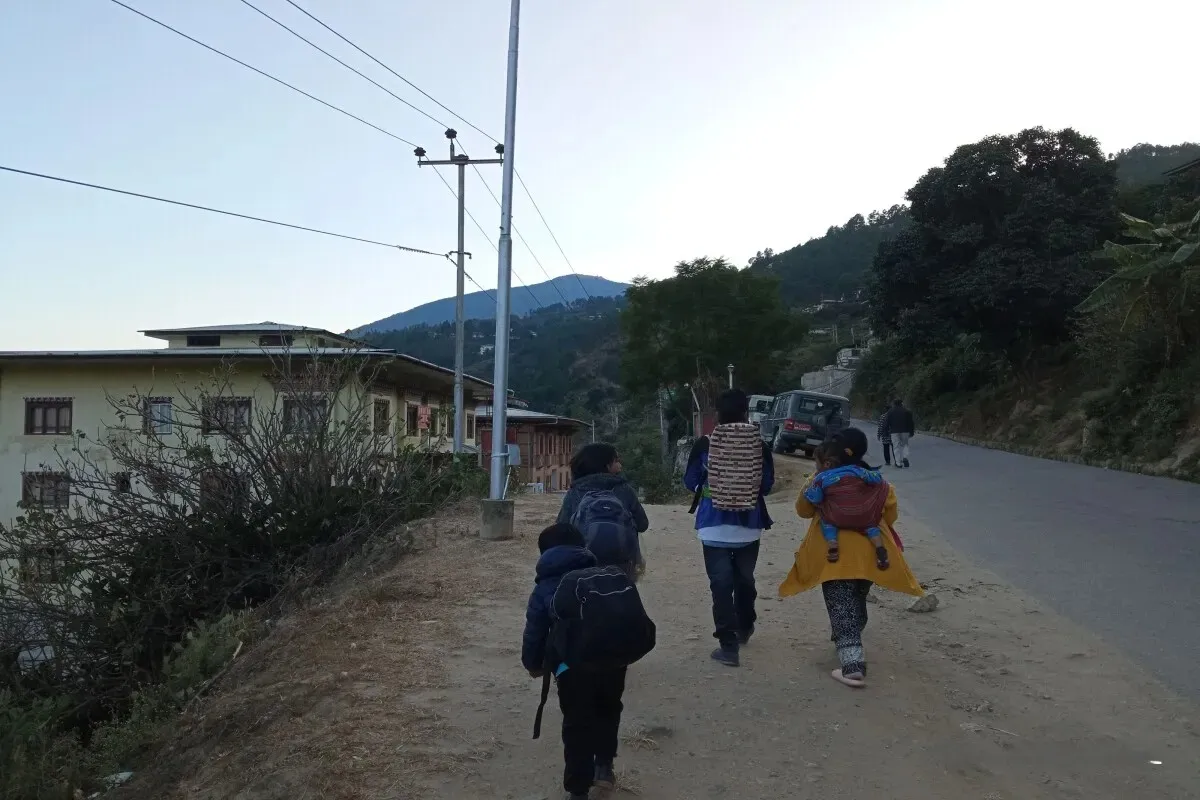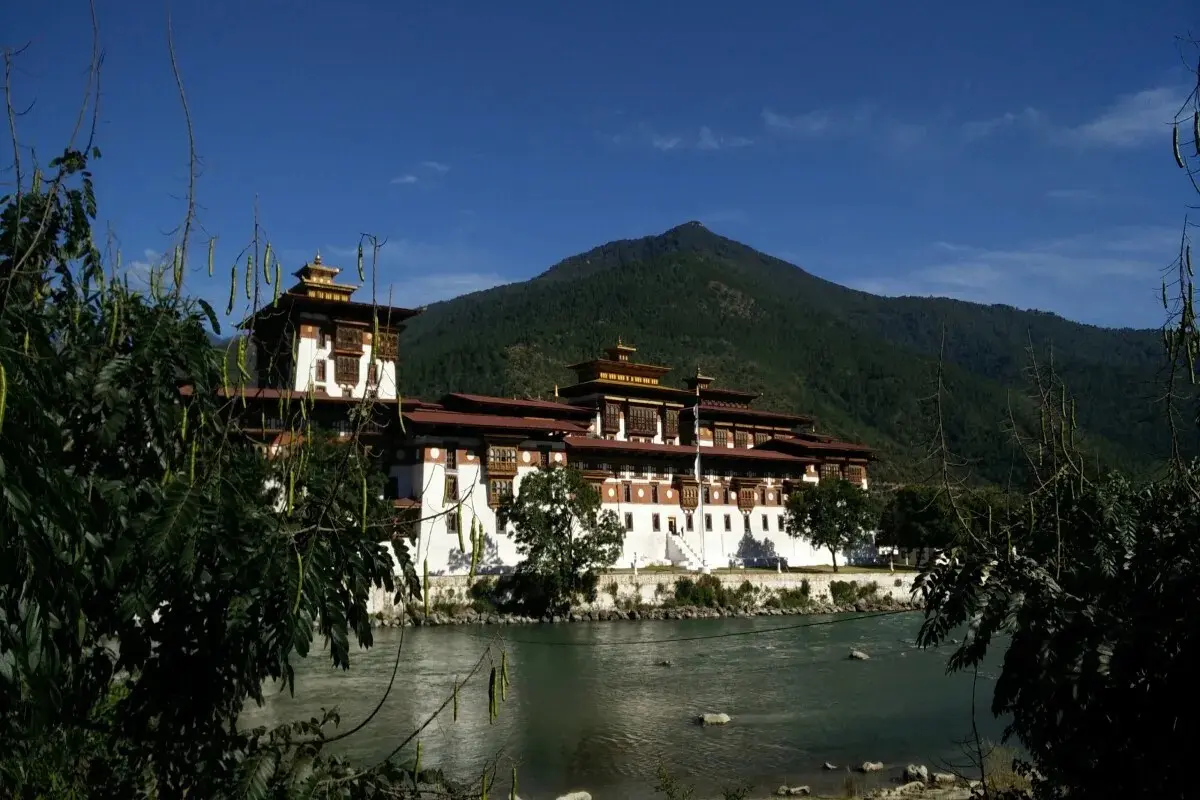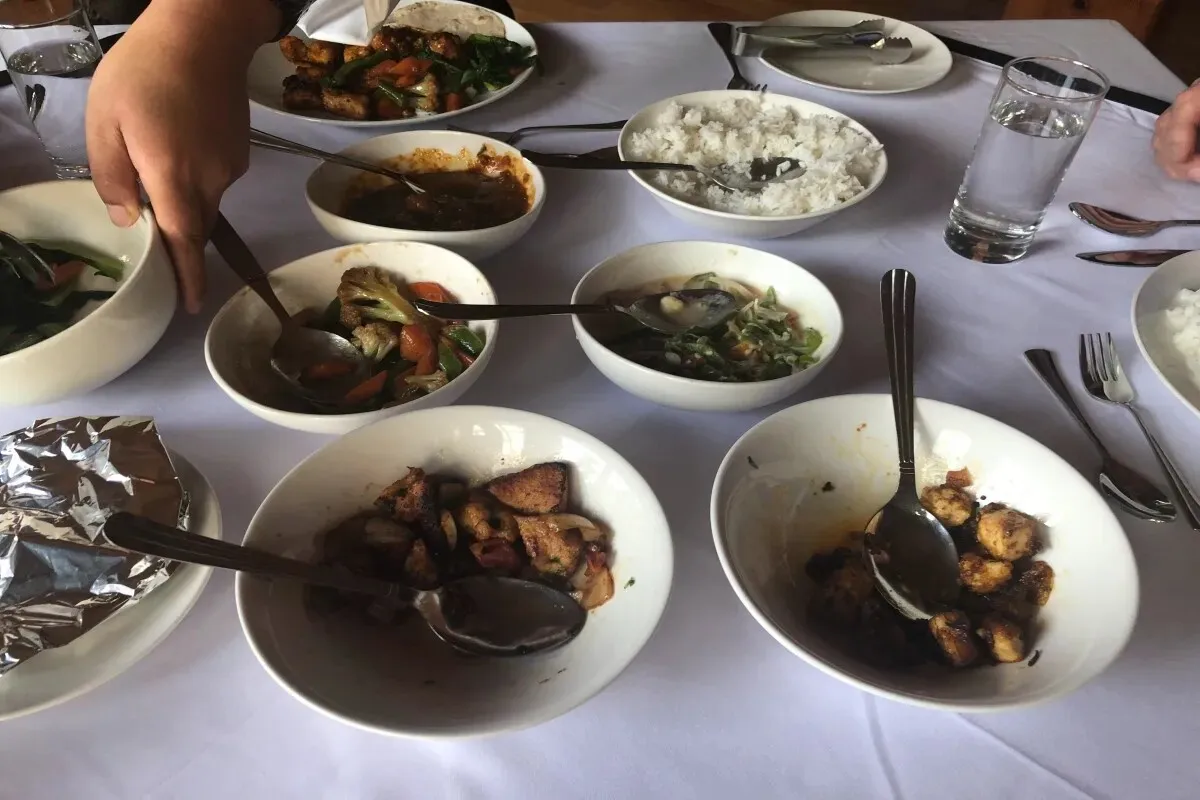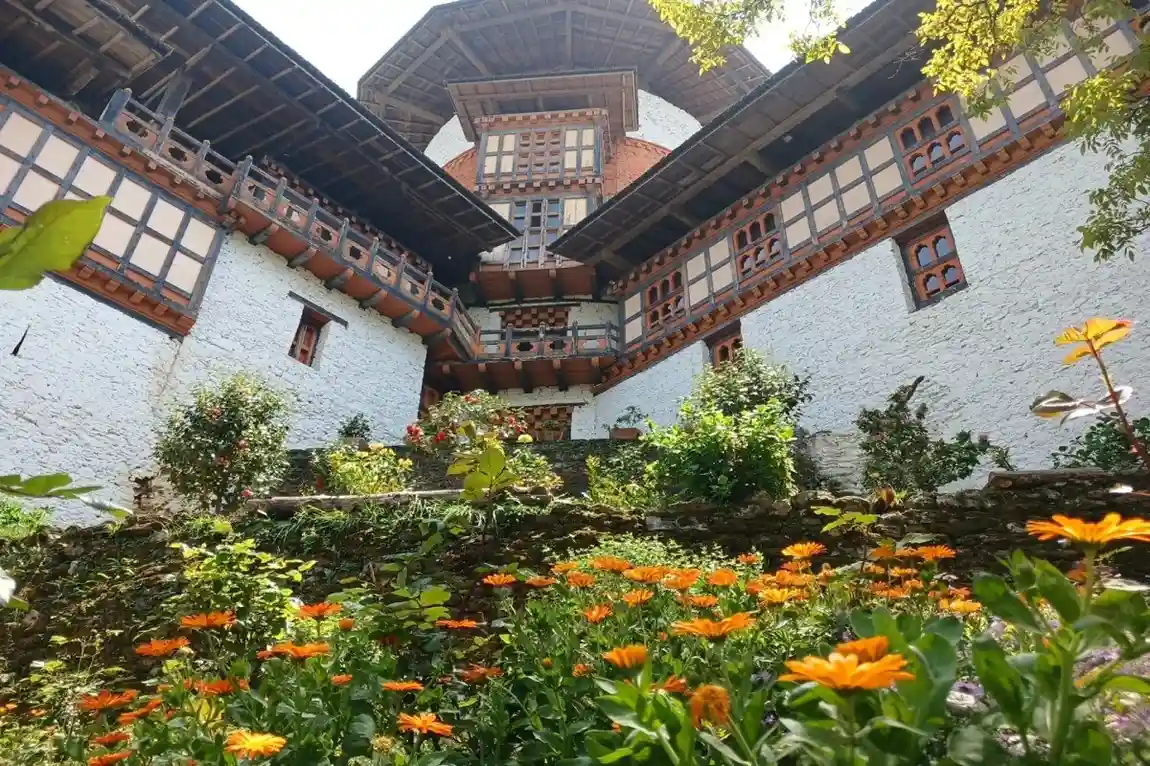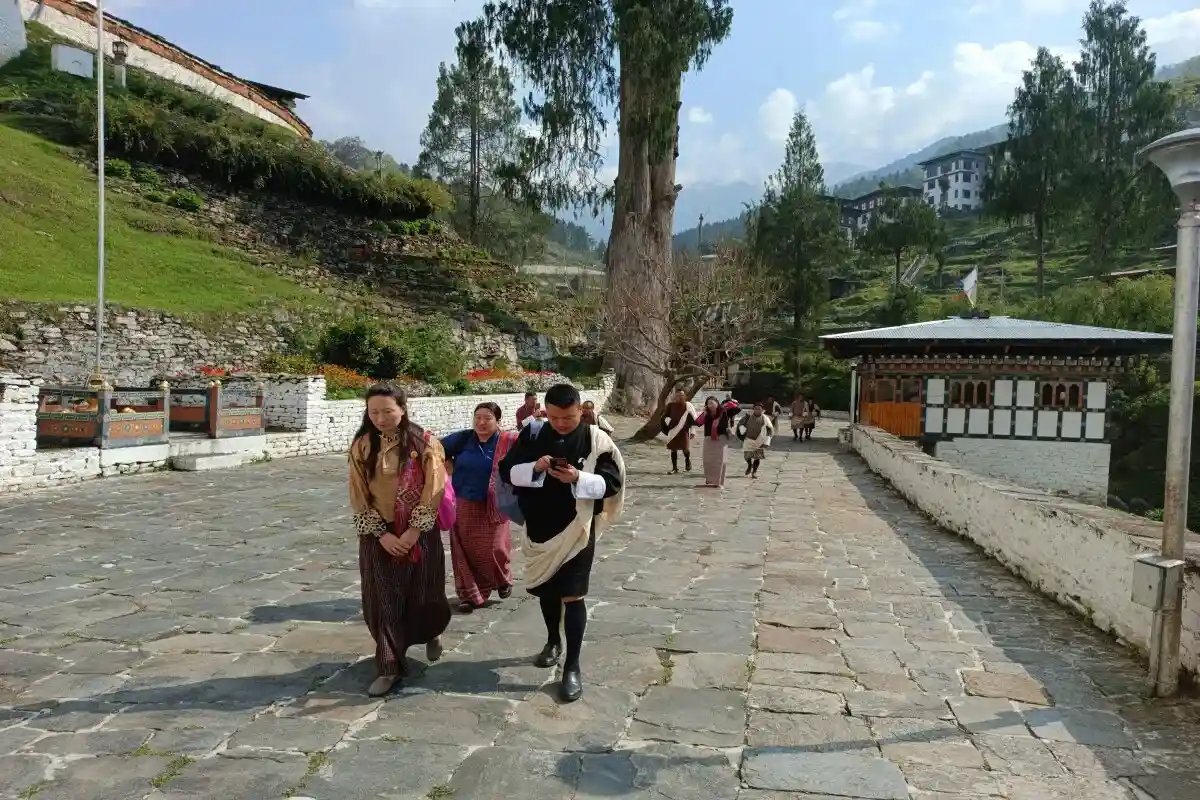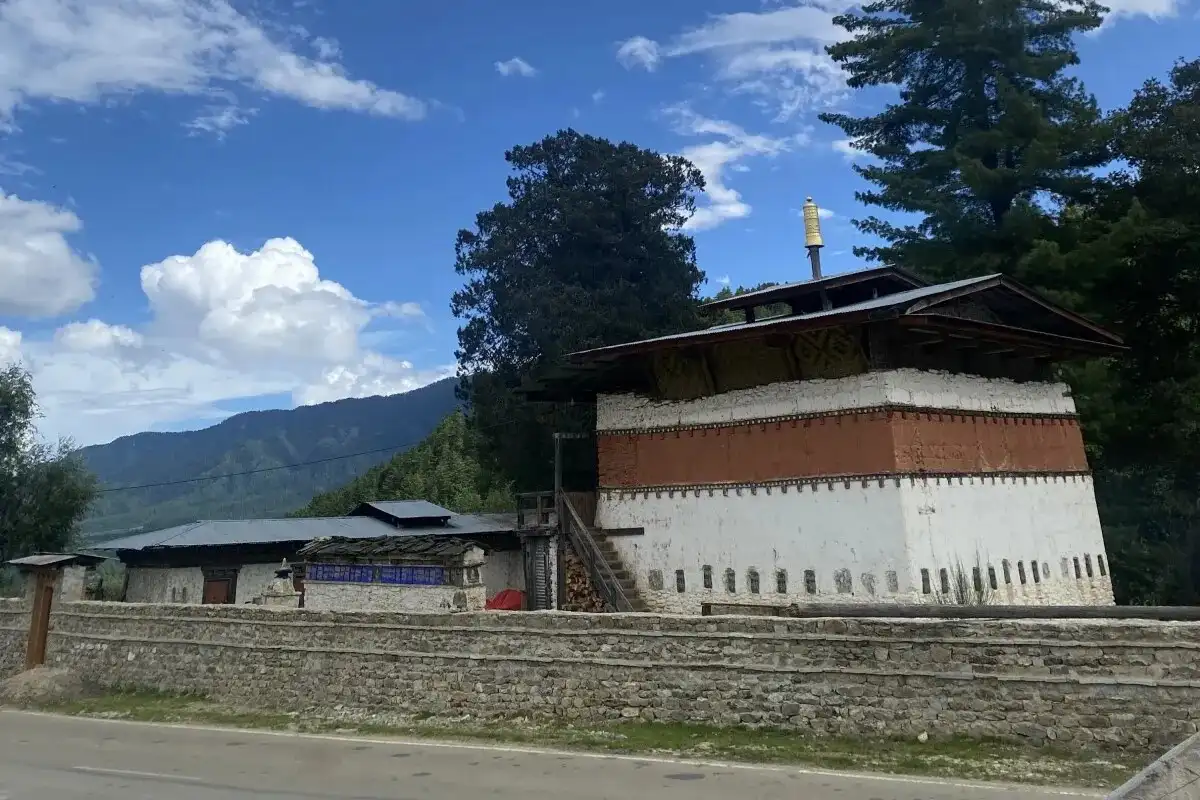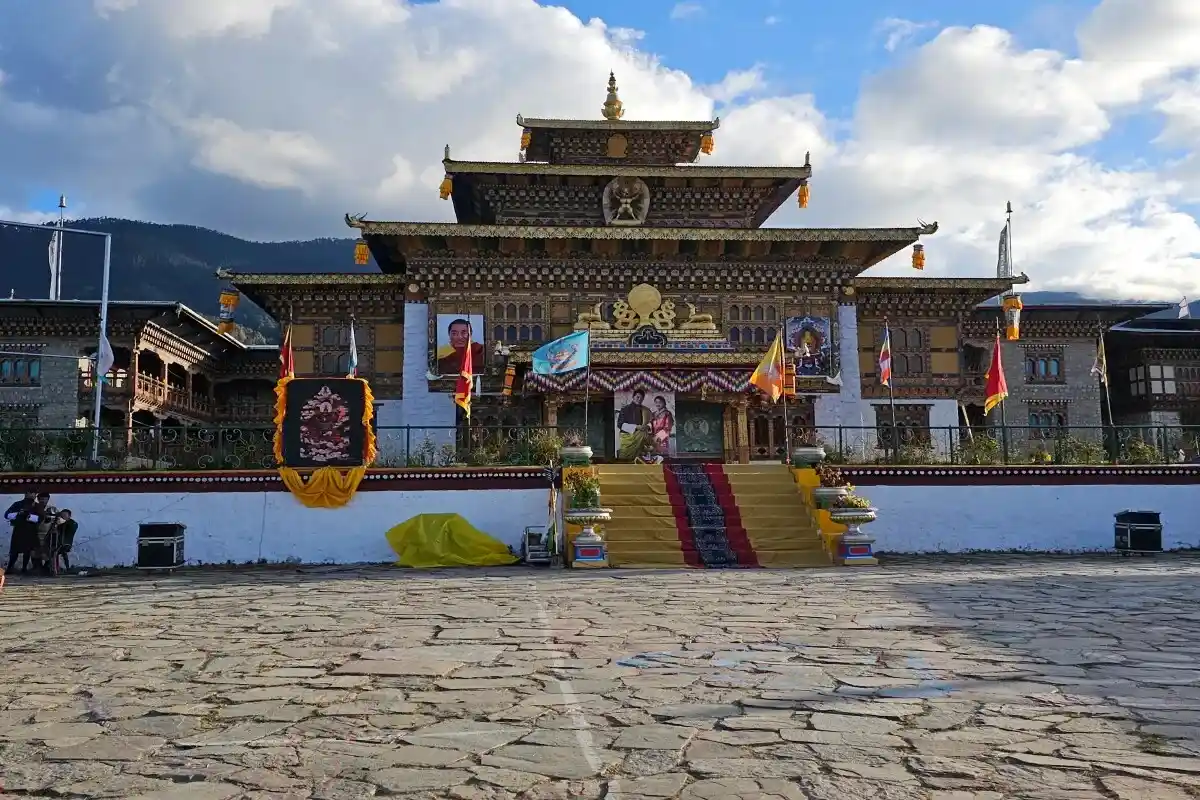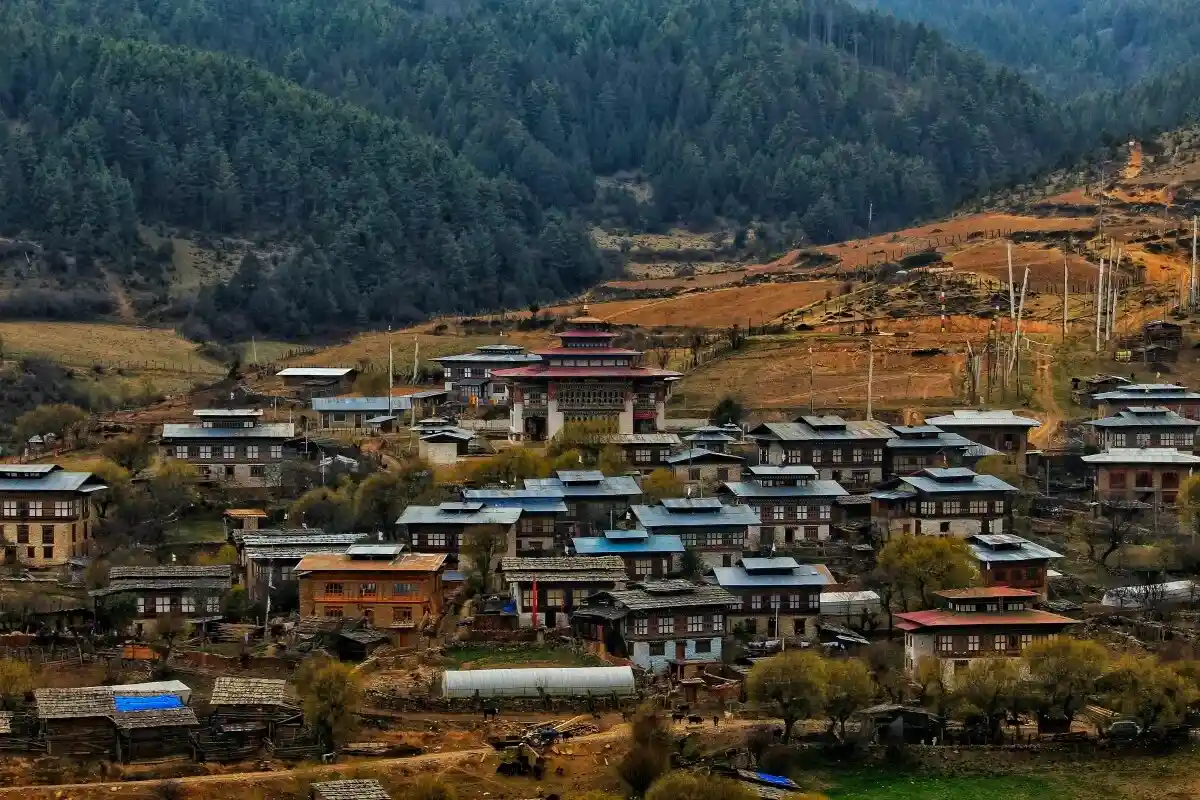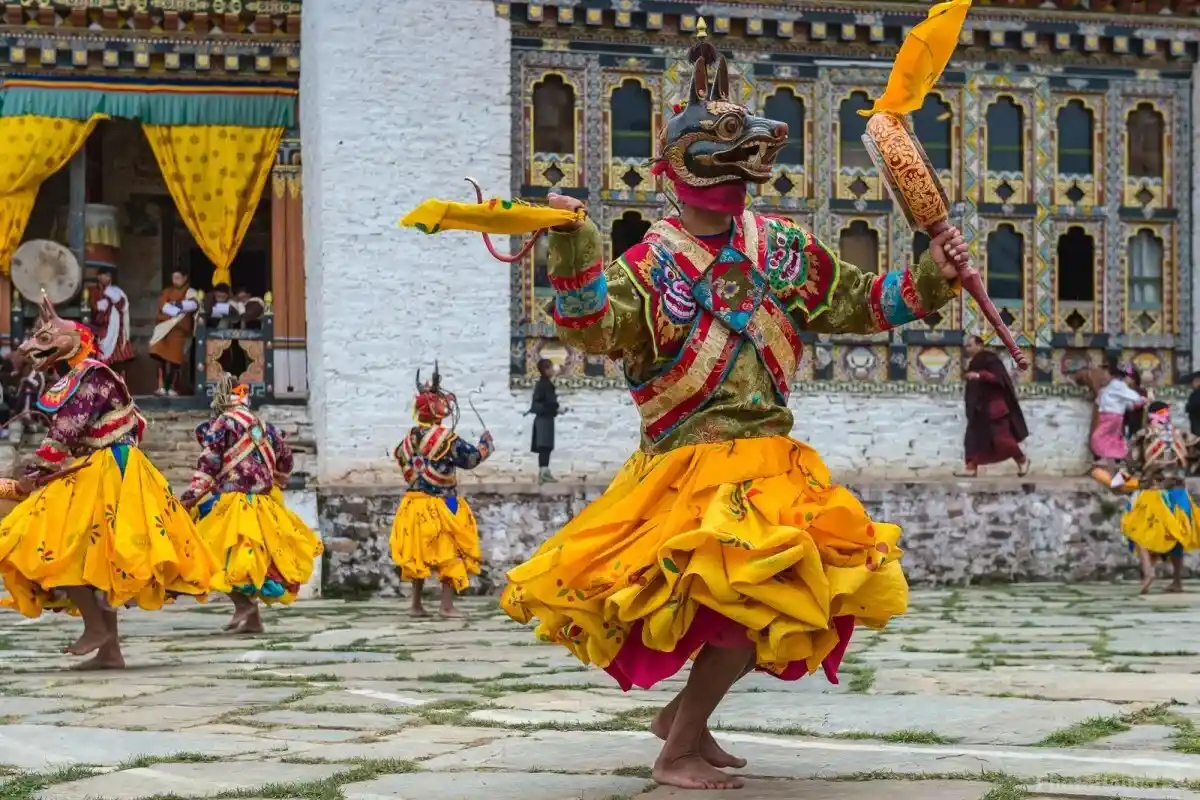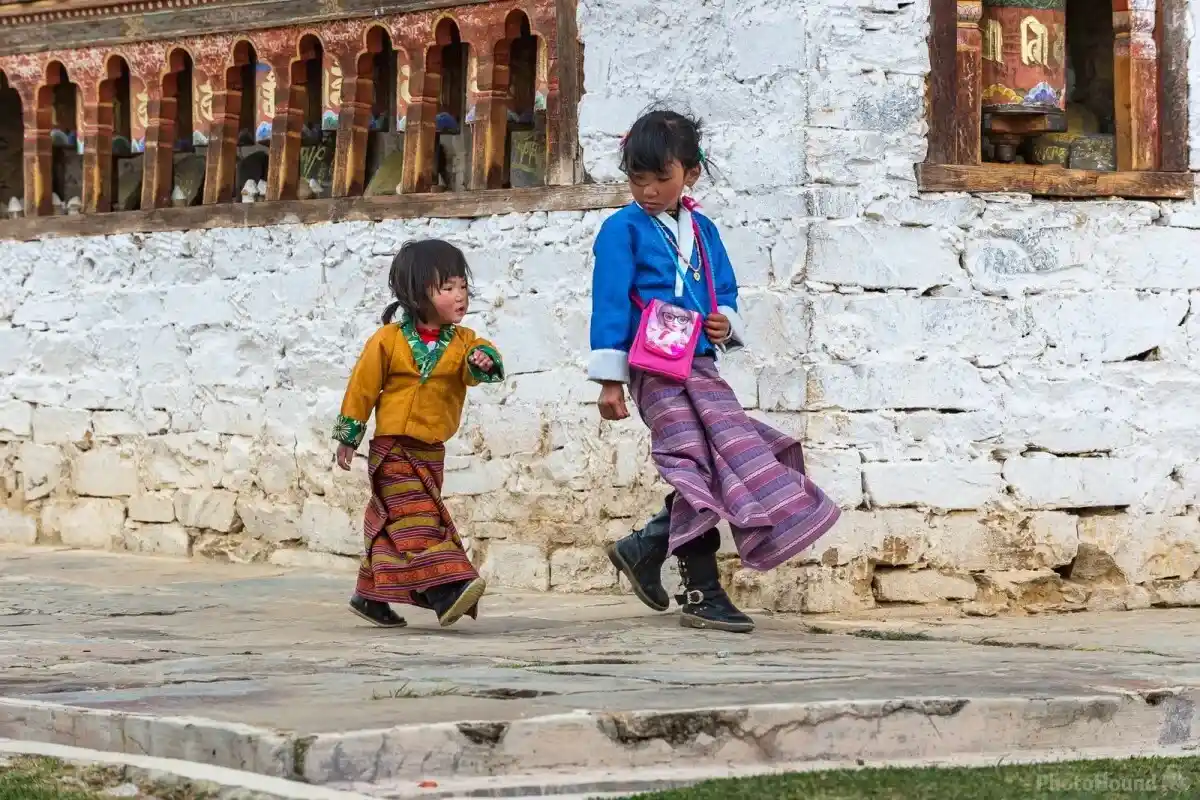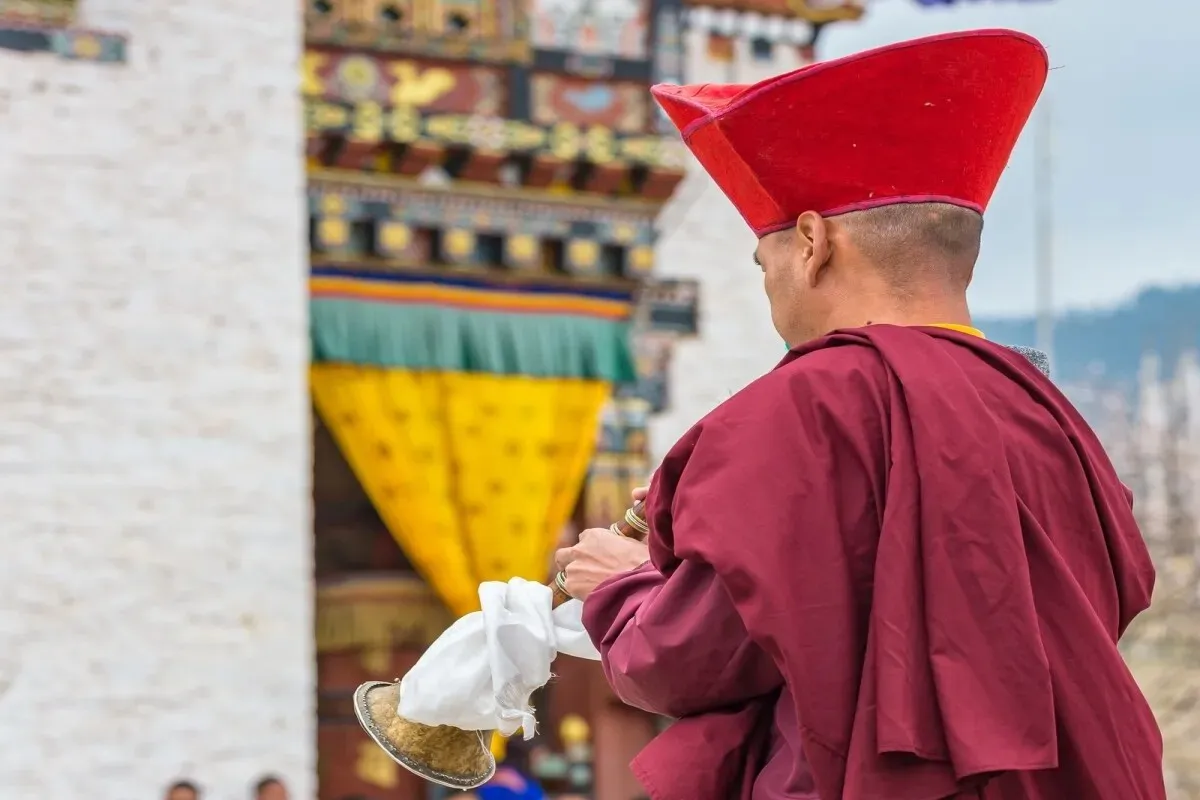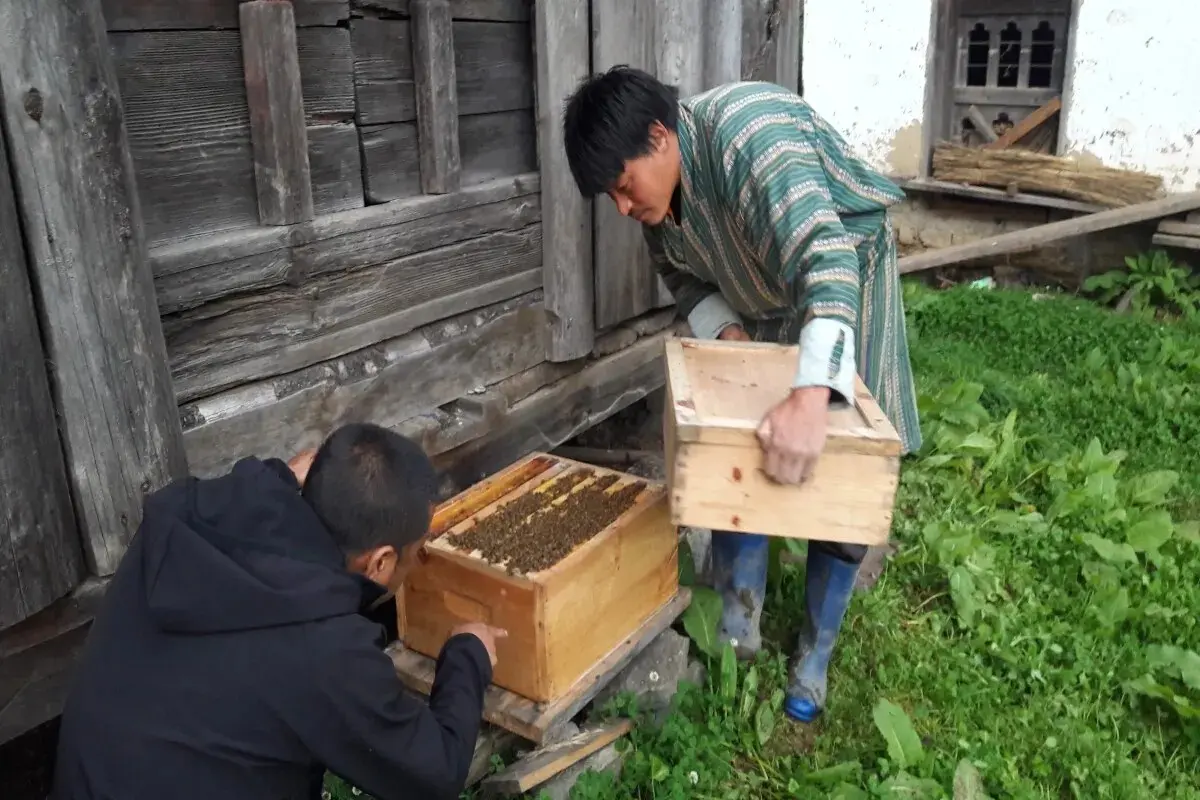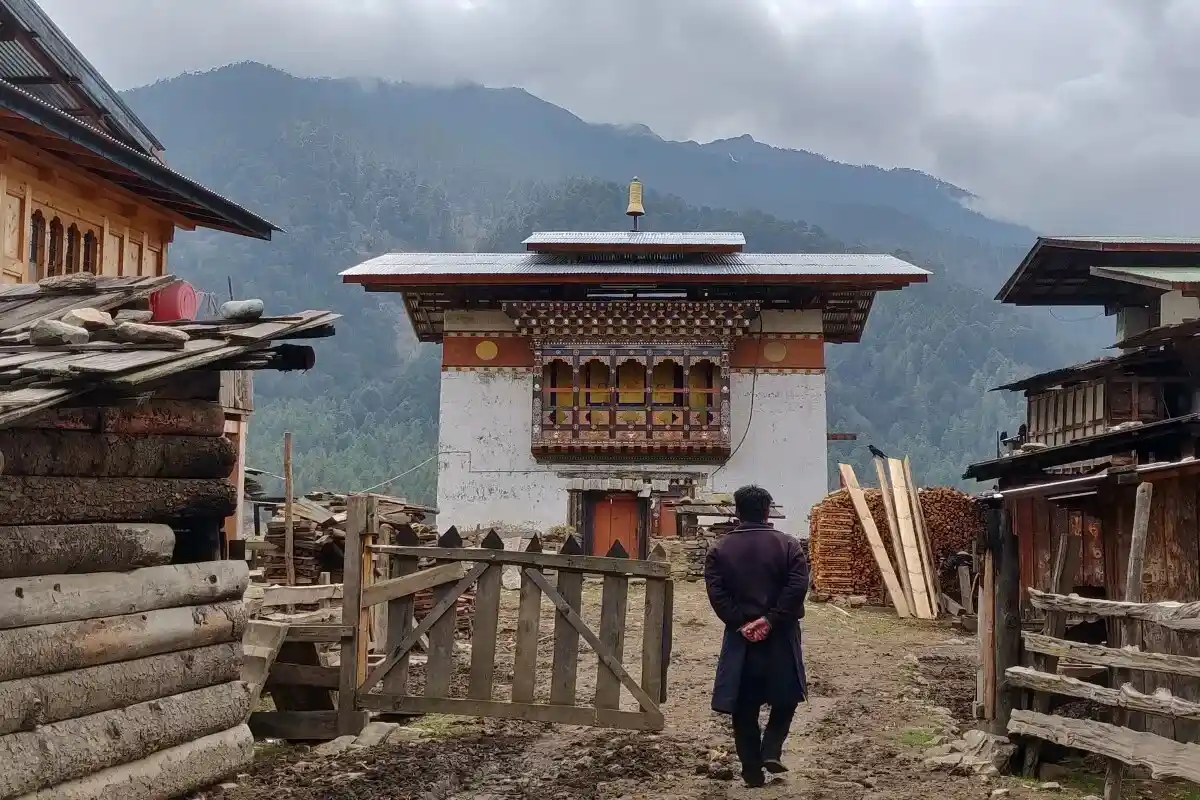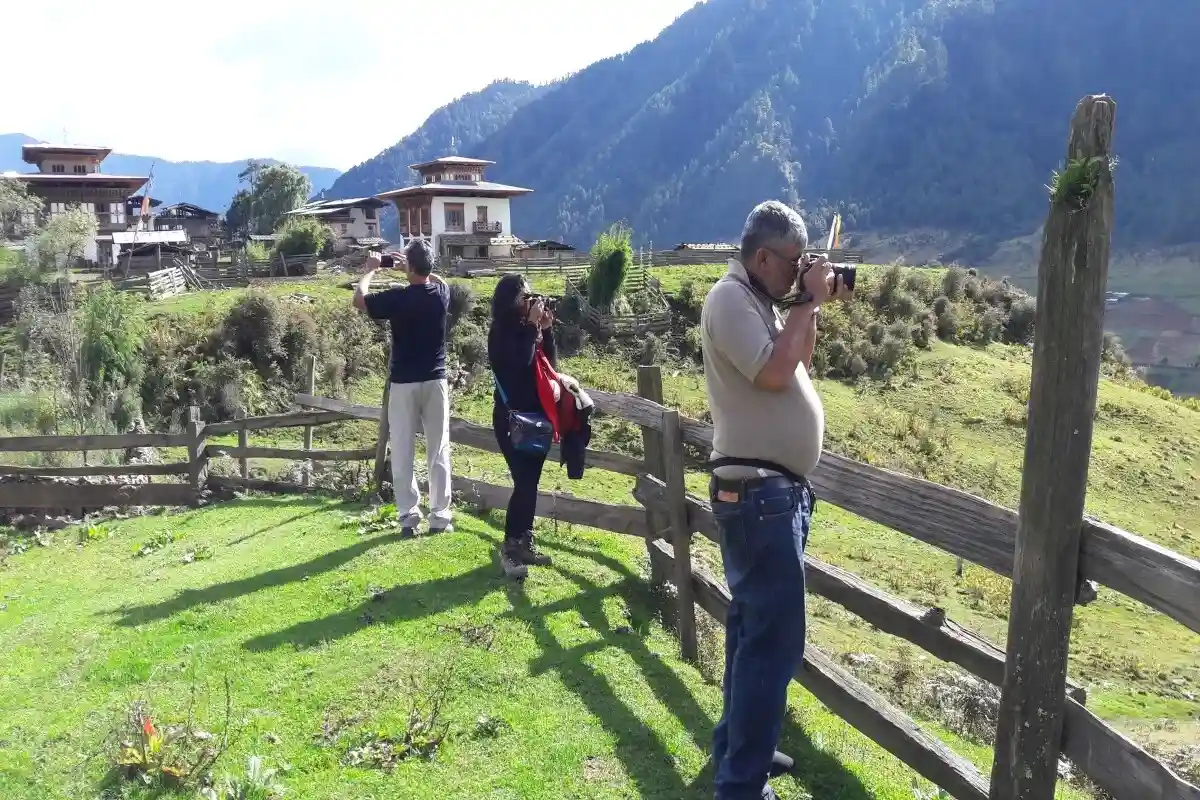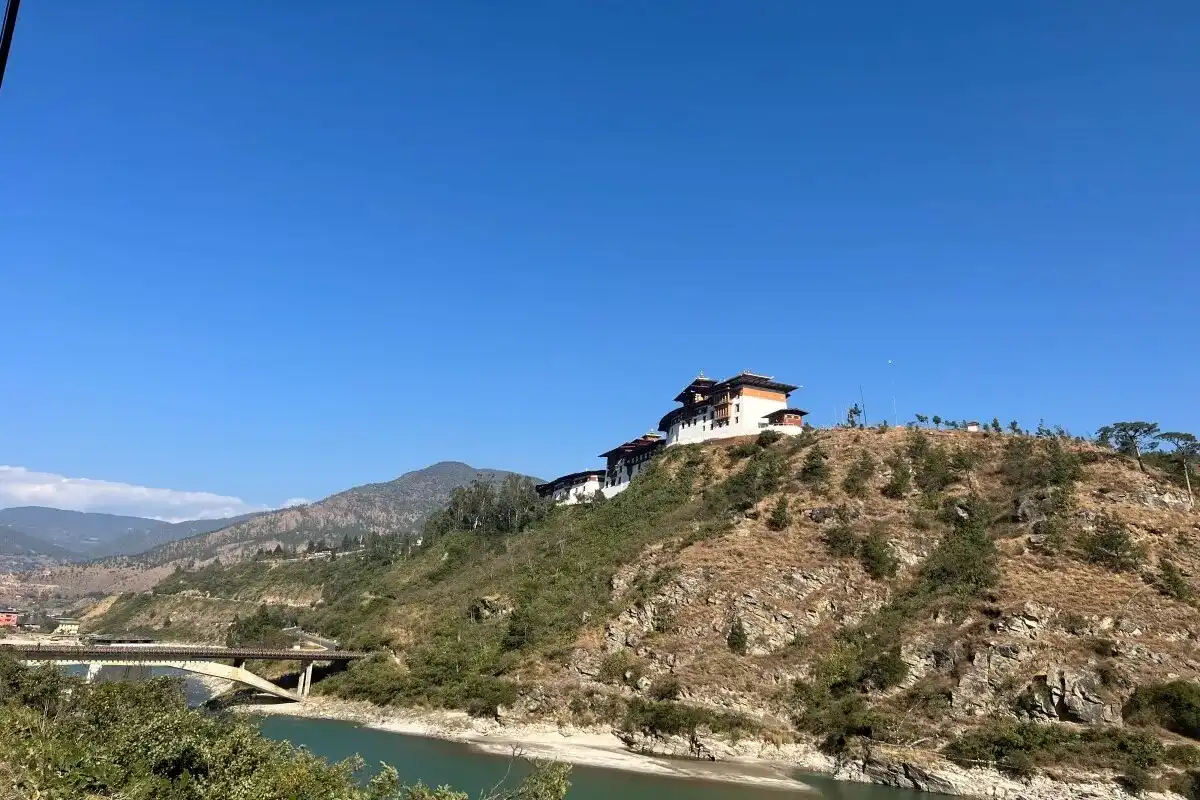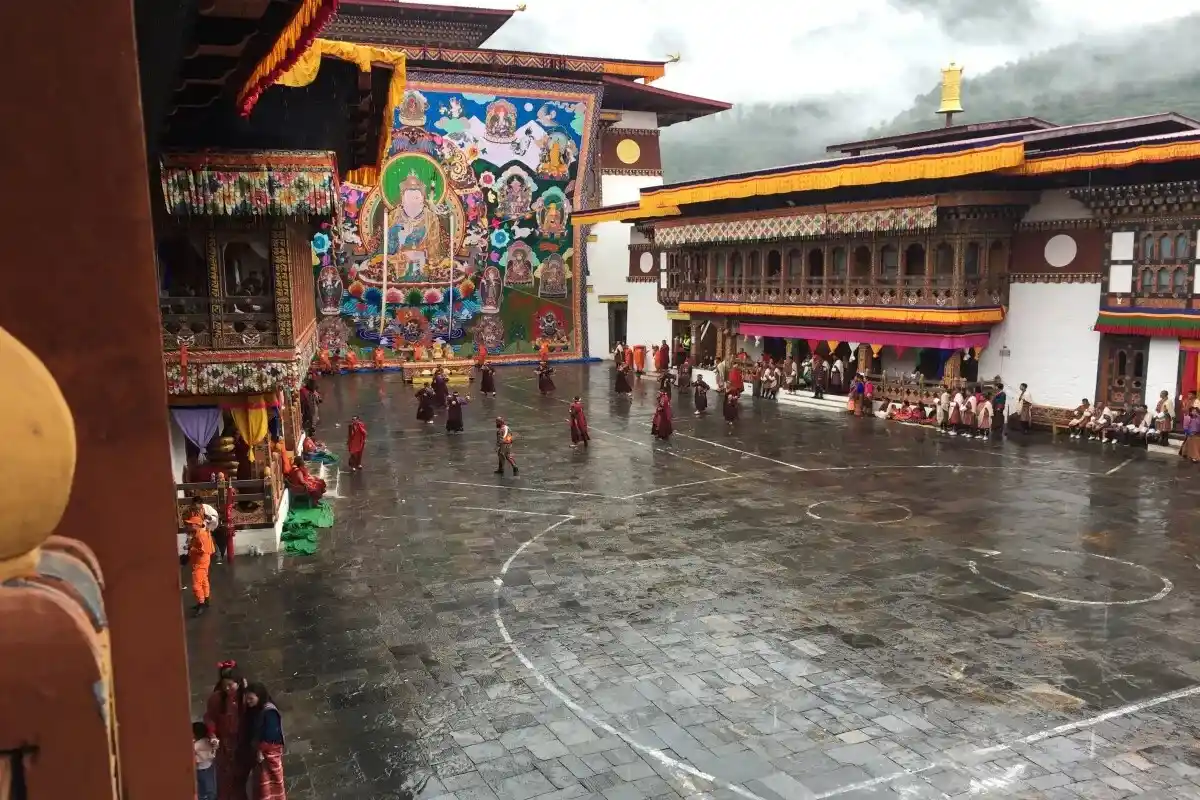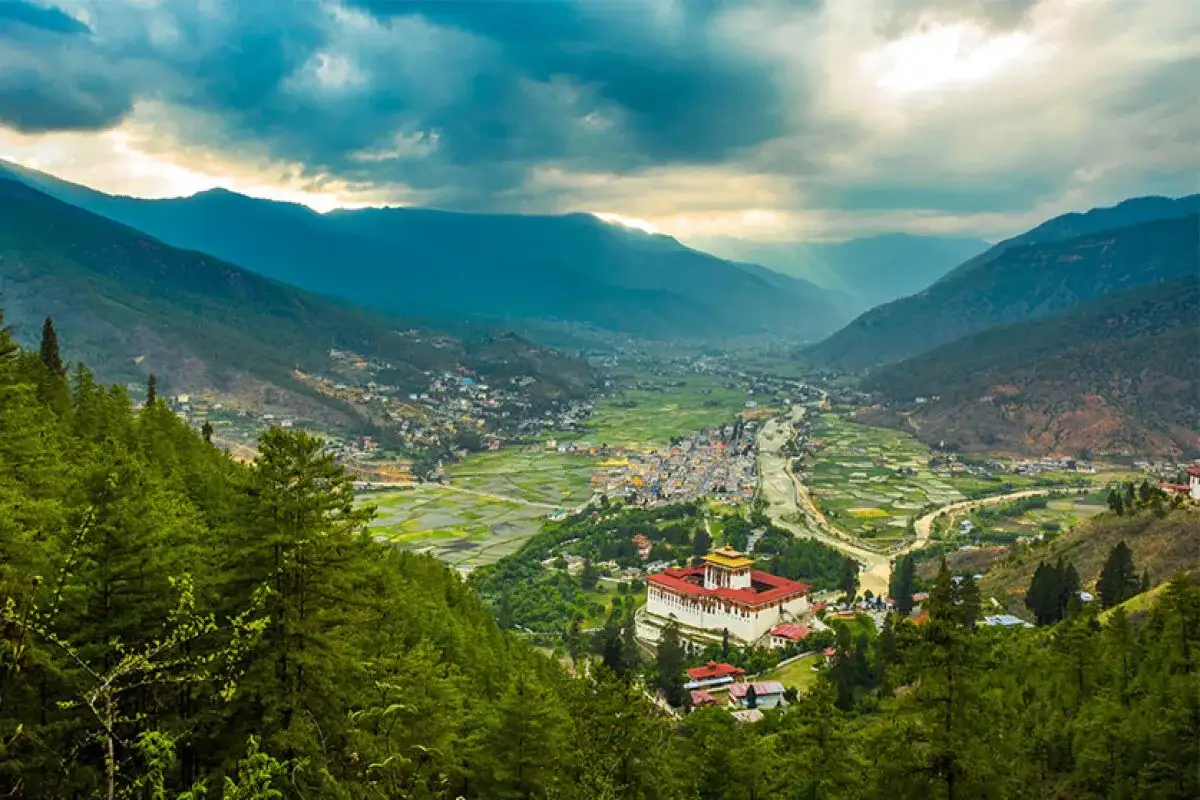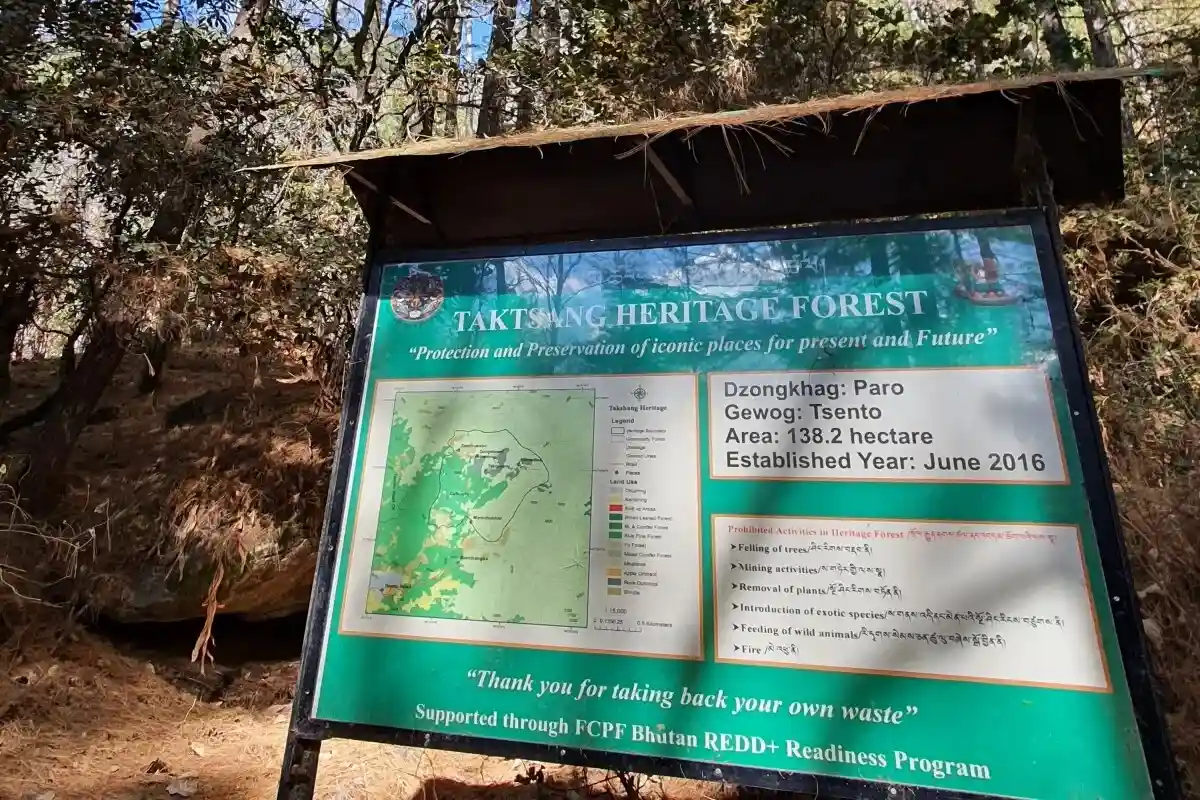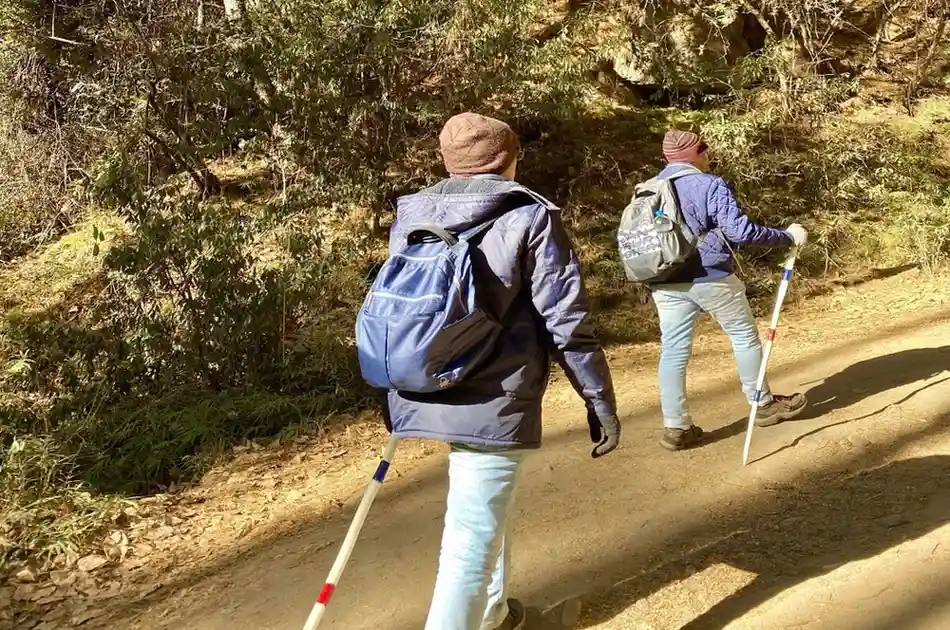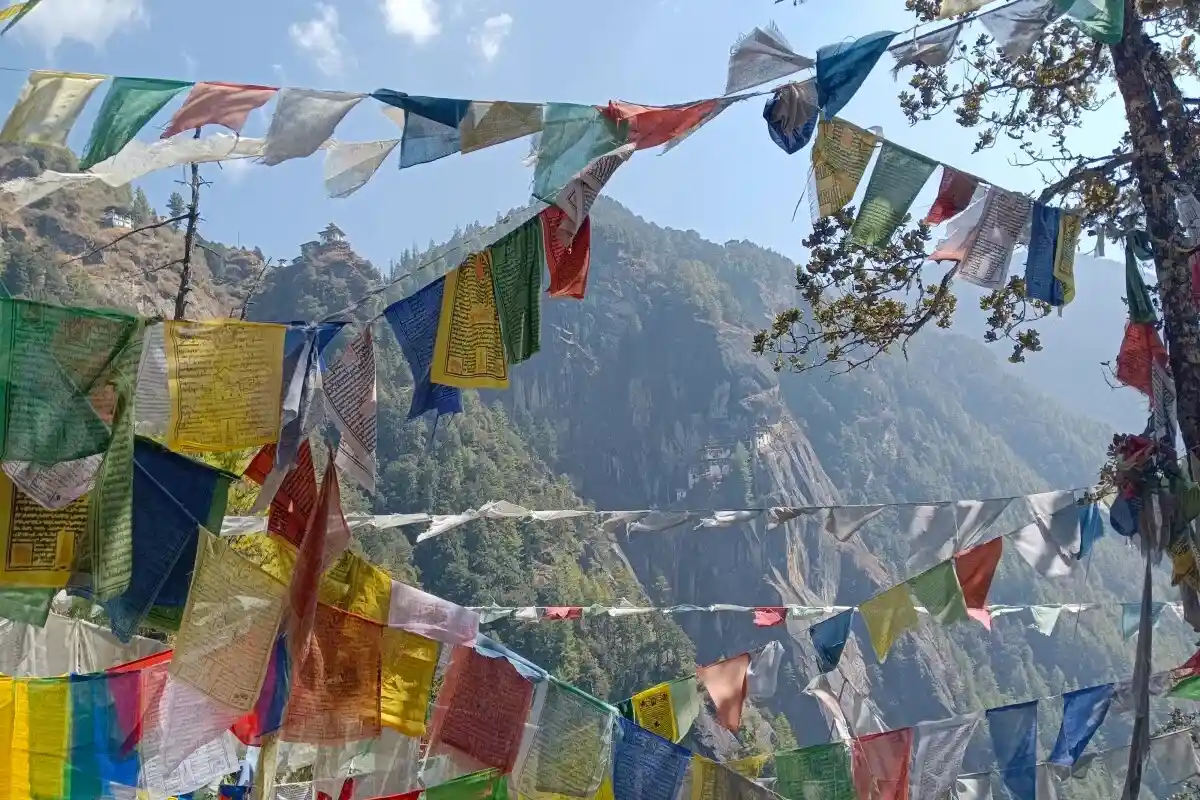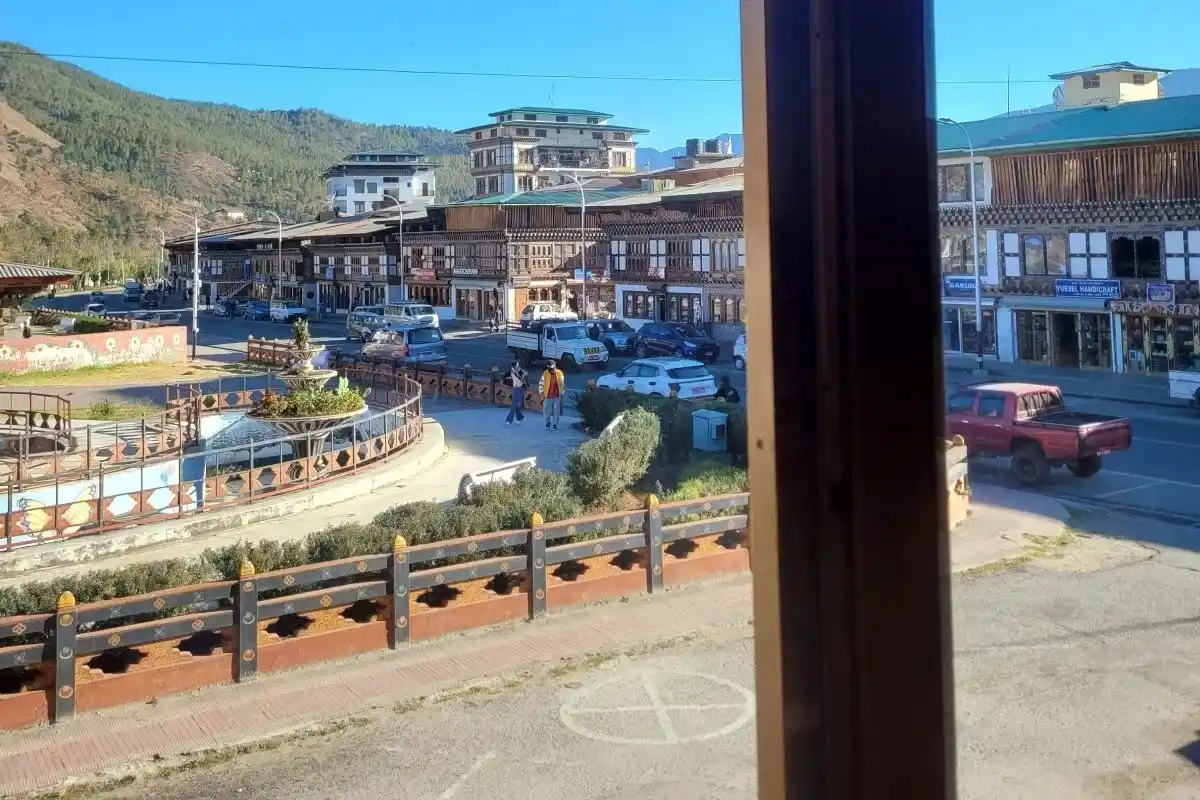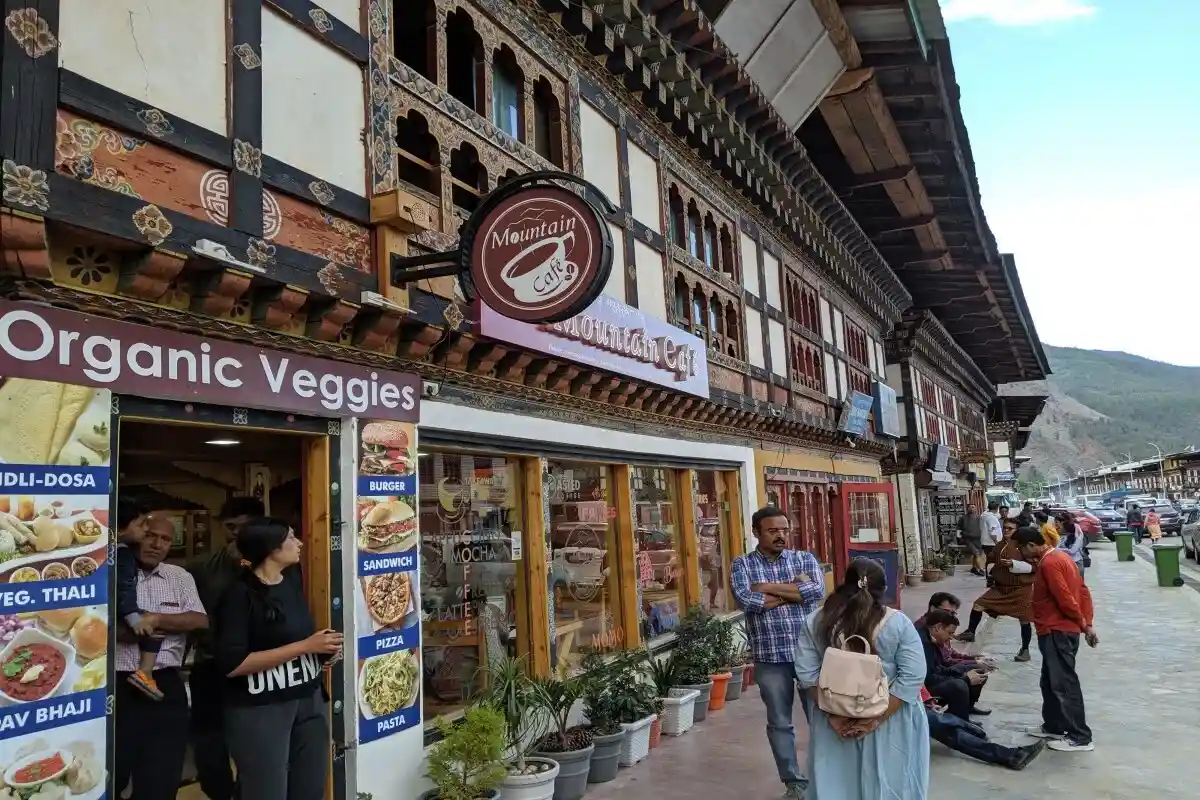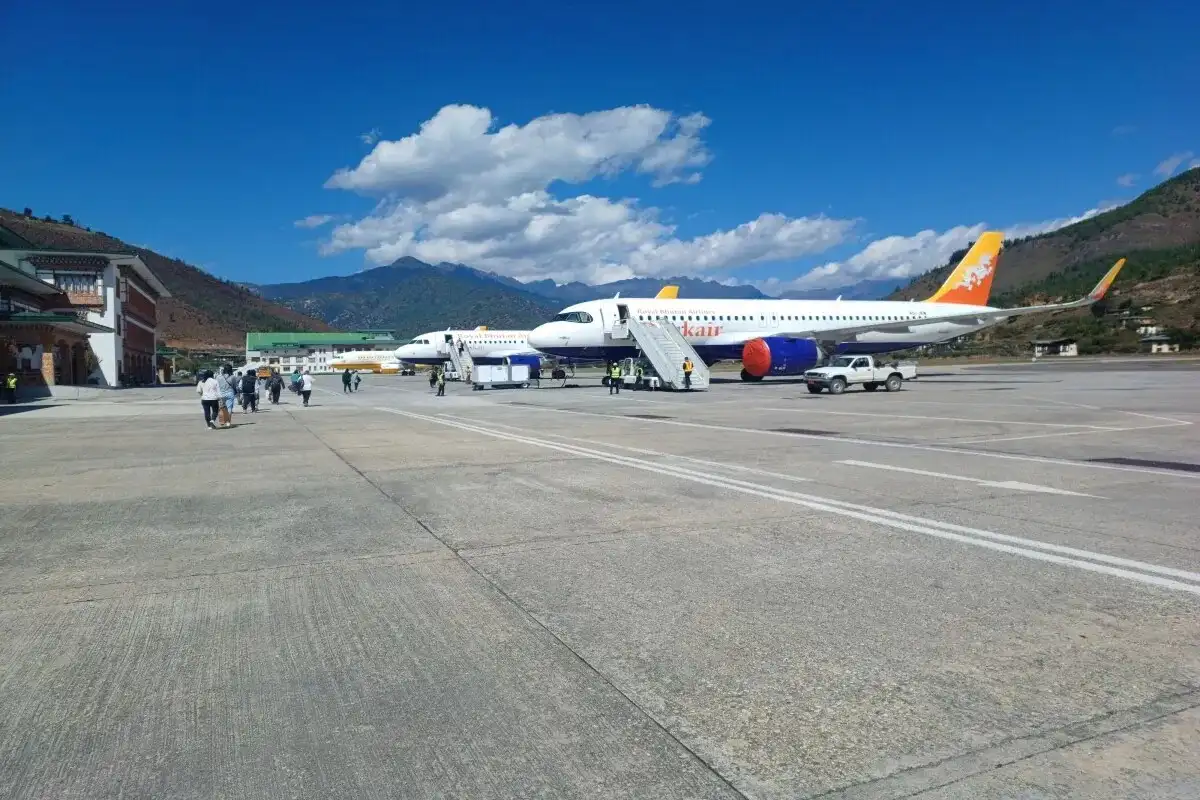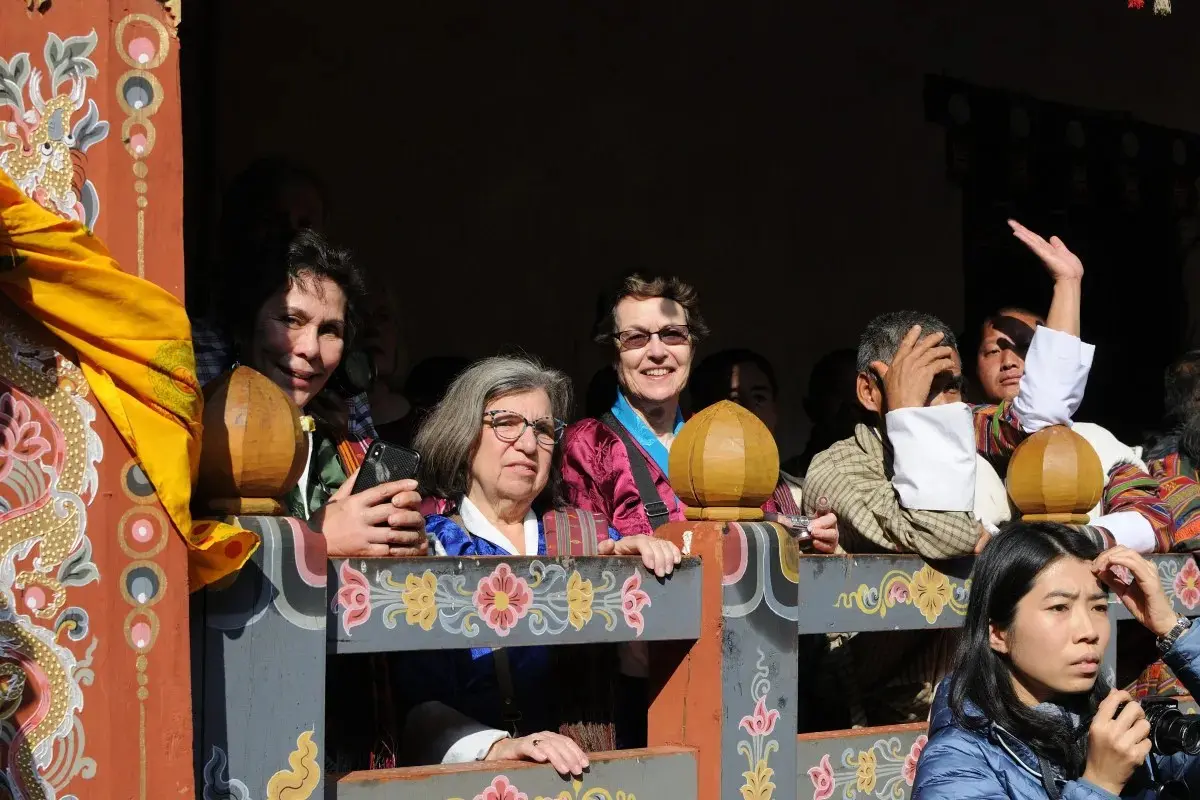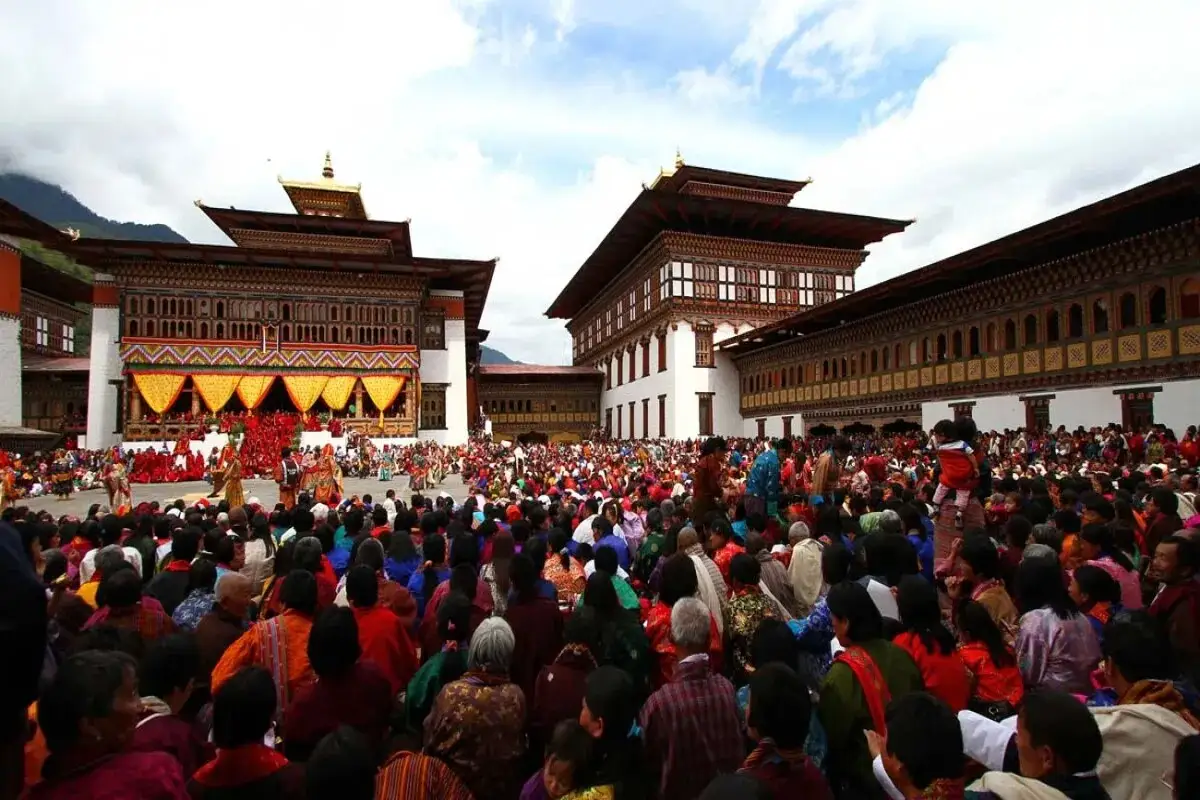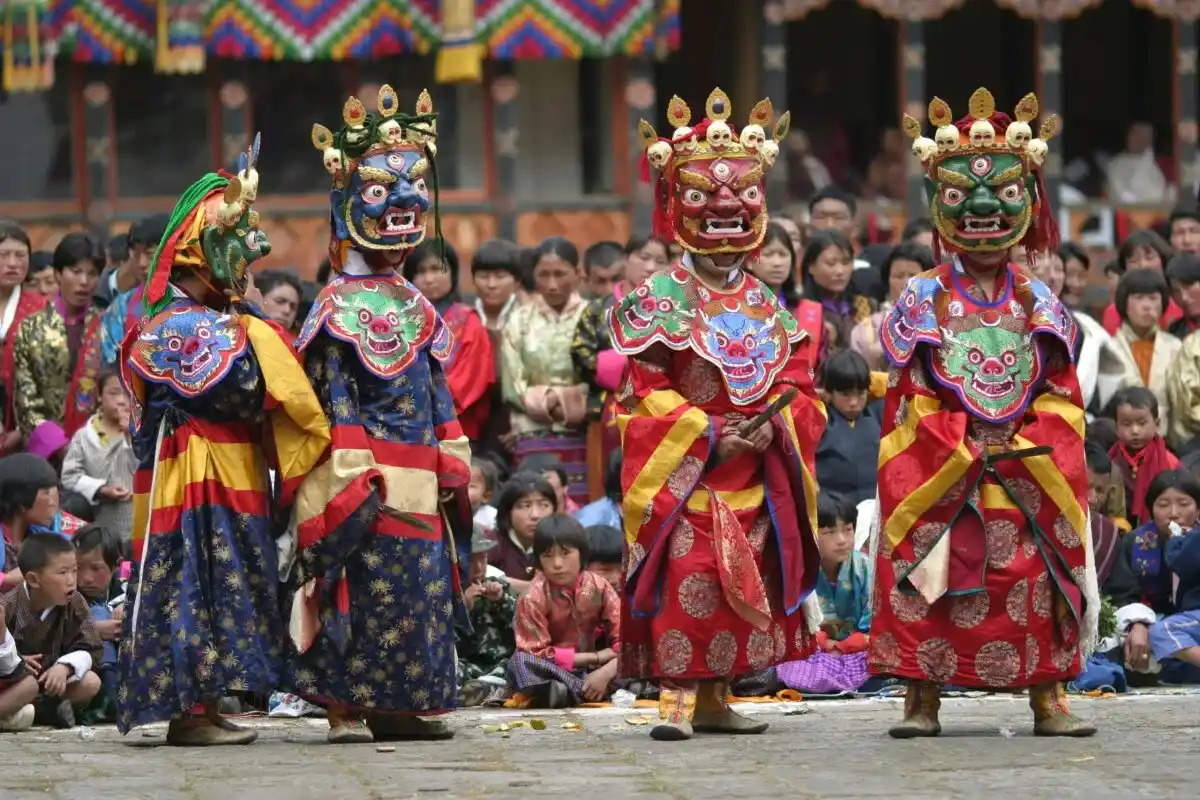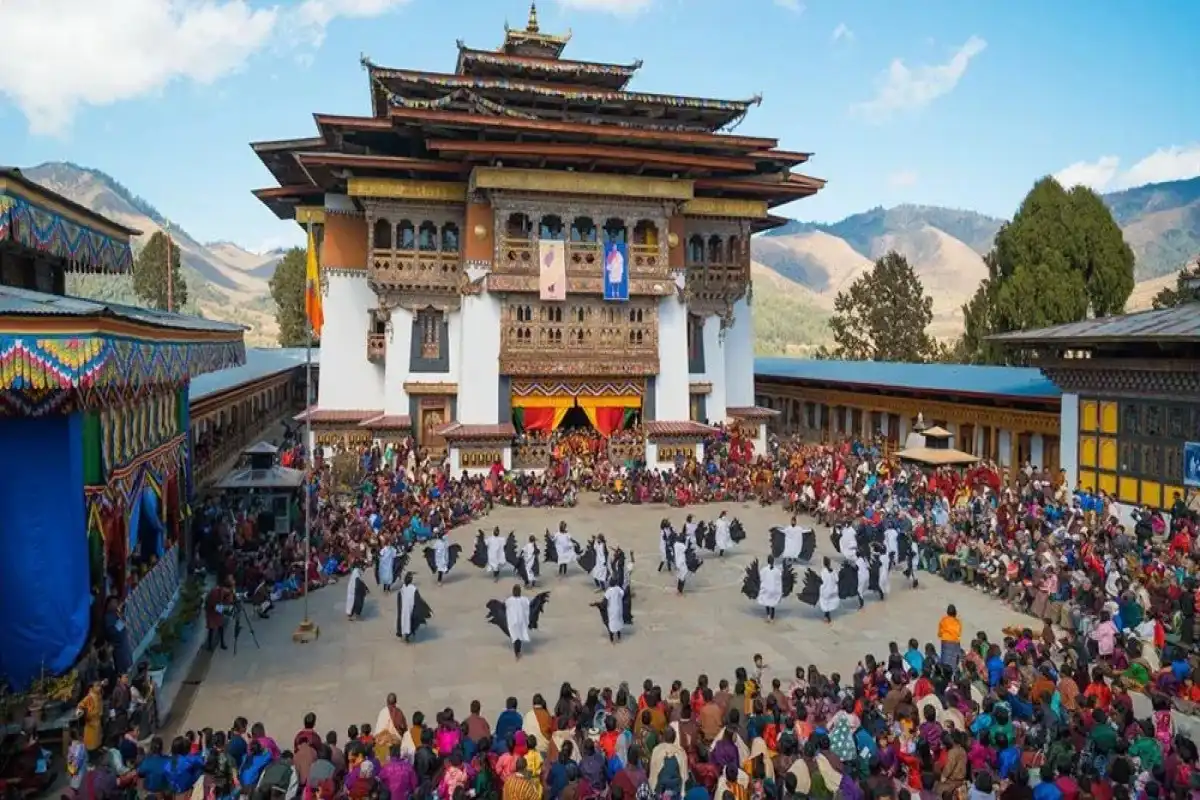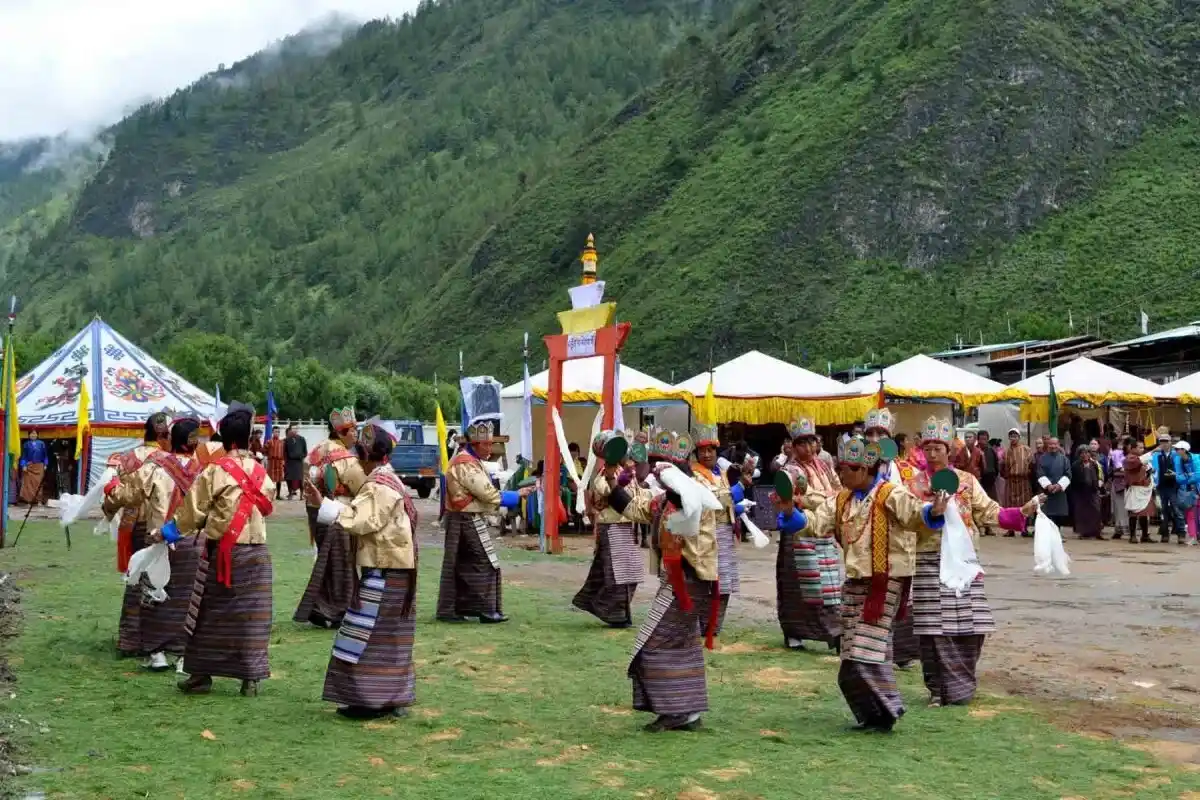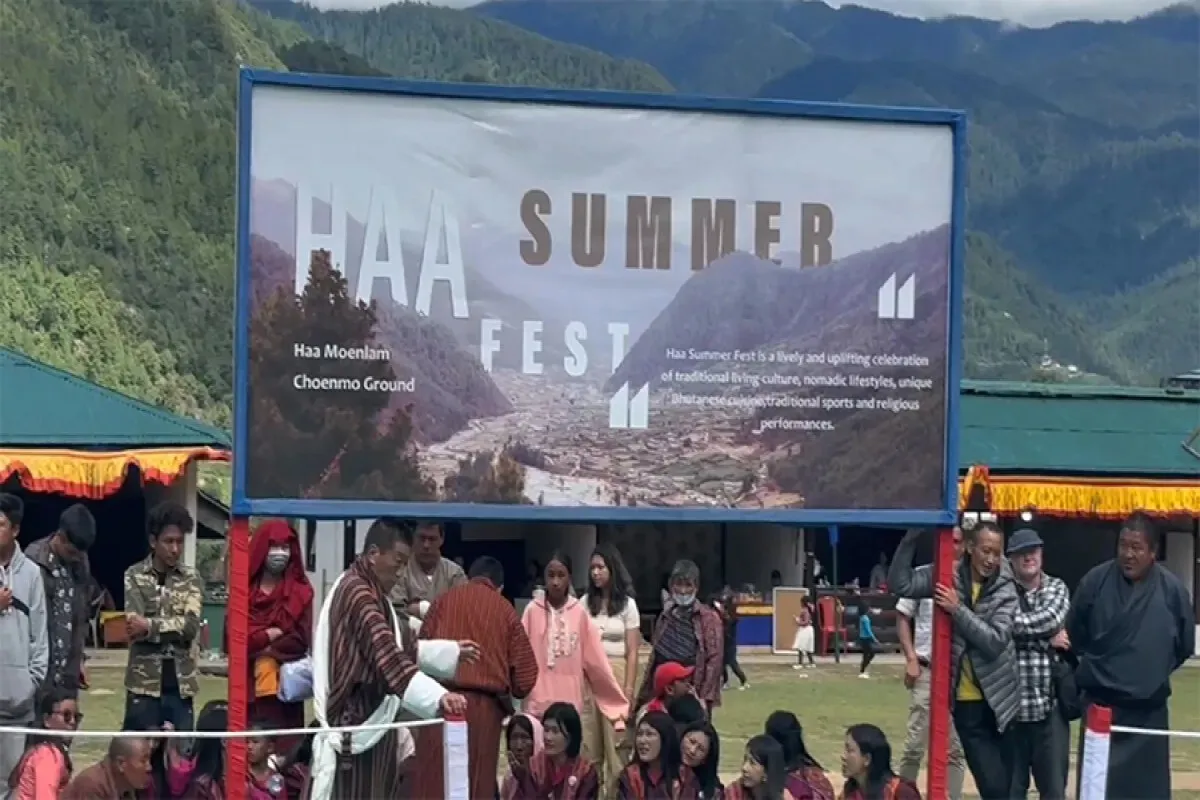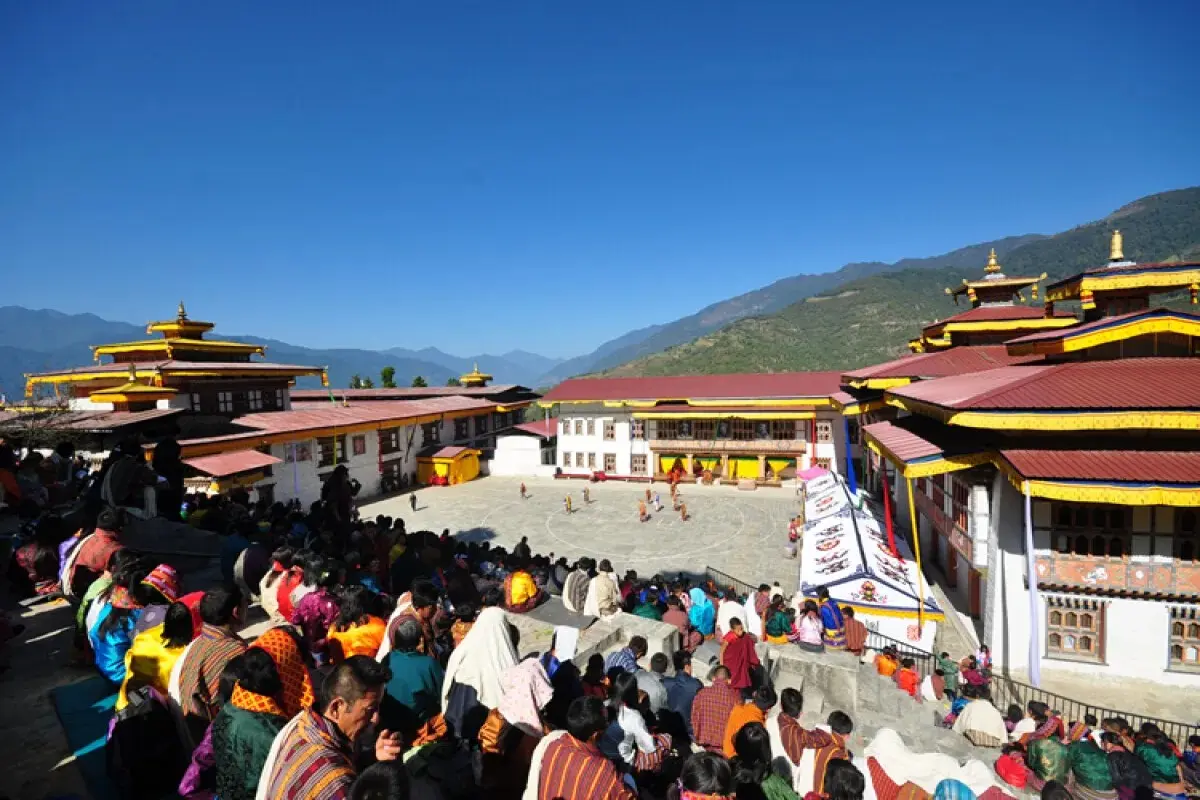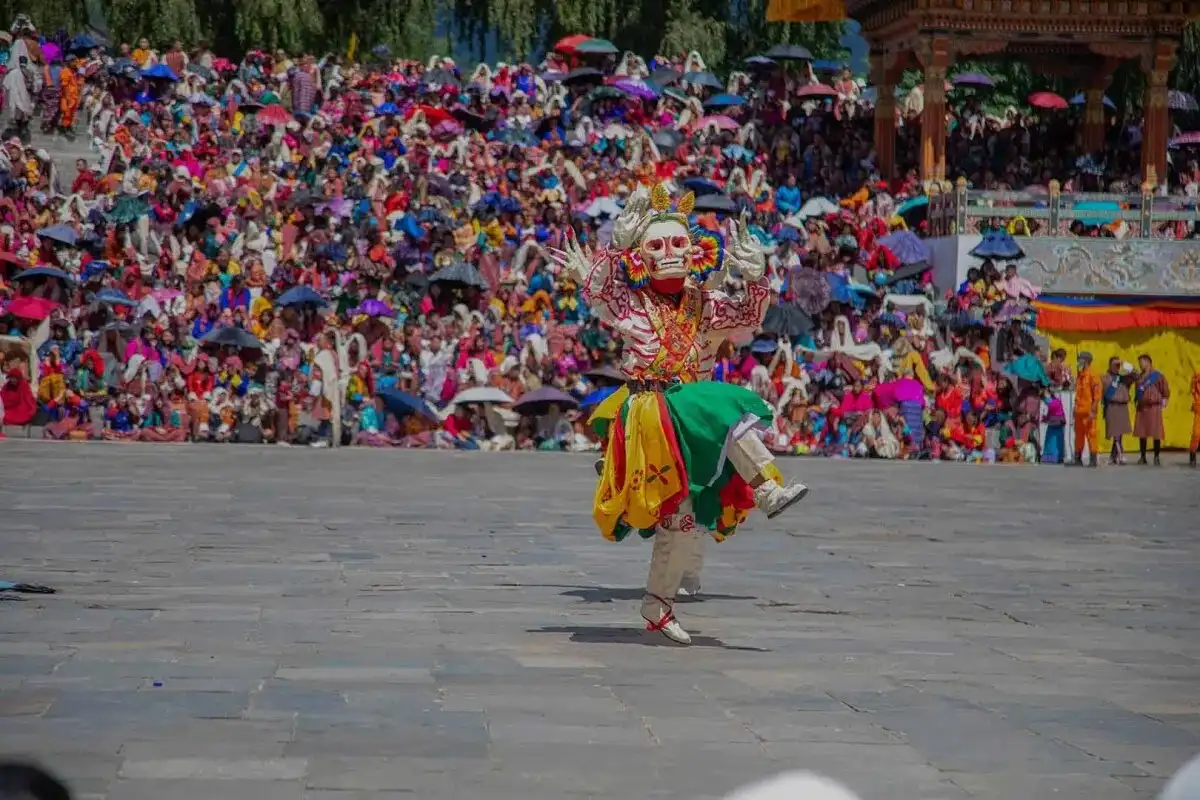Ura Yakchoe Festival Tour - 10 Days
Are you willing to take on this 10-day spiritual trip to the heart of Bhutan? Bumthang is renowned as the spiritual heartland of Bhutan. It is a sacred land with centuries-old monasteries, historic dzongs, and pure valleys that have long guarded Buddhist culture.
Highlights
- Witness the Sacred Masked Dances Exclusive to the Ura Yakchoe Festival
- Explore Bumthang's Historic Dzongs, Monasteries, and Quaint Villages
- Immerse Yourself in Vibrant Local Rituals, Spiritual Blessings, and Community Celebrations
- Discover the Art of Traditional Weaving and Crafts Unique to Bumthang
Trip Overview
This special event gives the tourists an incomparable chance to observe the genuine Buddhist ceremonies, join the blessings of the community, and feel the high spiritual power that the Bhutanese culture is characterised by. The Ura Yakchoe festival does not have the commercialised aspect of the other festivals and will offer a visitor with authentic cultural experience in which is one of the last surviving Buddhist kingdoms in the Himalayas.
We have designed a well-planned 10-day tour where you will enjoy the festival, and at the same time explore the cultural highlights of central Bhutan, so you will be able to experience the beauty of Bumthang and at the same time you will be able to take part in this remarkable spiritual festival that has been practiced in the same way since a long time.
Highlights of the Tour
The main attraction of this tour is the Ura Yakchoe Festival, which is one of the most sacred and pure traditional festivals of Bhutan. It is celebrated every year in the little-known Ura village. What is so unique about the Ura Yakchoe Festival is that it has a very spiritual atmosphere, and sacred mask dances are performed in the background of ancient temples and mountainous views.
Witness the Sacred Masked Dances Exclusive to the Ura Yakchoe Festival
You will witness the awe-inspiring beauty of sacred Cham dances when monks dance in colourful masks in vibrant costumes, and every movement has a spiritual feeling. Bumthang mask dances in the Ura Yakchoe Festival are especially unique, with ancient choreography that has been handed down over the generations of Buddhist masters.
We will be watching the hypnotic Durdag dance and the energetic Shawa Shachi (Stag and Hound dance), which can only be witnessed during this festival. The spiritual vibe in these performances is tangible, and the visitors get a deep insight into the Bhutanese Buddhist culture that only a few tourists can ever experience in such an authentic environment.
Explore Bumthang's Historic Dzongs, Monasteries, and Quaint Villages
The other major highlight of this trip is to travel to the four valleys of Bumthang: Chumey, Choekhor, Tang, and Ura, which are the abodes of architectural wonders and religious places of sanctuaries that characterise the religious heritage of Bhutan. You will also visit the old Jambay Lhakhang, one of the oldest temples of Bhutan, constructed in 659 AD, and the holy Kurjey Lhakhang, where Guru Rinpoche meditated and left his body mark in the rock.
Stroll through the ancient villages where time has remained still, and look at the traditional architecture of intricate woodwork and stone masonry handed over through generations. The remote Burning Lake in the Tang Valley, where Pema Lingpa found sacred treasures, and the beautiful village of Ura with its stone houses and old temples, tell you the story of history. These cultural sites give background and dimension to your festival, and you will see the historical roots that make the Ura Yakchoe Festival in Bhutan such a profound spiritual event.
Immerse Yourself in Vibrant Local Rituals, Spiritual Blessings, and Community Celebrations
You will get to participate in authentic Buddhist rituals with the local families, who are very hospitable. They welcome visitors into their centuries-old traditions during the Yakchoe Festival in Bhutan. The festival creates unique opportunities for cultural exchange, as locals share stories about their Buddhist beliefs and the significance of various sacred rituals, which Bumthang is renowned for.
You will be delighted to join in traditional archery competitions, try authentic festival foods prepared according to ancient recipes, and participate in evening celebrations where traditional songs and dances continue long into the night. The community aspect of these Buddhist festivals in Bhutan creates lasting memories and genuine connections with local people who are eager to share their culture with respectful visitors seeking authentic spiritual experiences.
Journey Through Lush Valleys, Pristine Forests, and Scenic Mountain Passes
You will travel through some of the most spectacular landscapes in the Eastern Himalayas, crossing dramatic mountain passes adorned with colourful prayer flags and offering breathtaking panoramic views. The journey to Bumthang takes you over the famous Dochula Pass (3,100m), where 108 memorial chortens create a stunning Buddhist monument against the backdrop of snow-capped peaks. The pristine beauty of Bhutan's protected forests, where rhododendrons bloom in spring and golden foliage creates magical autumn scenes.
The Bumthang valley, with emerald meadows, crystal-clear streams, and traditional farmhouses, creates a masterpiece. From Chumey Valley's traditional weaving villages to the remote Tang Valley's untouched wilderness, every place you visit offers something unique.
Experience Authentic Bhutanese Hospitality with Home Stays and Local Cultural Immersion
You will be put in the hand-picked traditional guesthouses and get the taste of the true Bhutanese family life, eating the meals that are cooked with the organic products harvested in the local gardens. Your hosts will tell you local stories, teach you some simple Dzongkha words and phrases, and involve you in their everyday lives, such as making traditional butter tea and red rice.
The close cultural experiences give a feel of the Bhutanese life that no hotel stay would give. Nights spent by the campfire sharing ancient tales, getting to know the local customs, and discovering more about local beliefs are the kinds of experiences that make your trip not just a tourist activity but a true cultural experience and an enriching experience of your own.
Discover the Art of Traditional Weaving and Crafts Unique to Bumthang
We will stop for a while at the famous Zugney Yathra Weaving Centre and watch master craftsmen producing the characteristic yathra cloth that is so well known in all parts of Bhutan. Here you will get to see the intricate weaving designs that have been handed down over the centuries through generations of families in Bumthang. The striped textiles are of various colours and worn as traditional Bhutanese clothing and during ceremonies.
Tour the local shops where people make prayer wheels, ritual tools, and ornaments that are used in the Buddhist ceremonies. The Chumey Valley is especially known as the place of weaving tradition, and you can buy the real handmade textile right from the weavers. Such craft experiences are a concrete link to Bhutanese culture and also help the local communities that preserve these traditional skills amidst the modernisation all over the world today.
Why is the Ura Yakchoe Festival so Special?
Ura Yakchoe Festival is an extraordinary event of Bhutan, which is the most authentic and spiritually potent festival of the country, with centuries-old Buddhist traditions that have not changed much. In contrast to more commercialised Bhutan tsechu festivals, this holy event has not lost its spiritual meaning and is an effective blessing rite to the local population as well as a unique chance to observe real Tibetan Buddhist traditions in their original setting.
The holy dances that take place in this festival are supposed to wash away bad karma, grant good luck, as well as protect everybody who sees them with a pure heart. The physical setting of Ura village, the sacred mountains, and ancient temples enhances the spiritual power of the rituals.
This festival is really special as it helps to preserve the Bhutanese religious traditions most authentically. The ceremonies are very strictly kept by the local monastery, and all rituals, dances, and blessings are guided by ancient Buddhist teachings. This tradition provides the viewers with a unique viewpoint into Himalayan Buddhism that has remained the same for a long time, and so the ura yakchoe festival cultural events are some of the most influential spiritual experiences one can have in contemporary Bhutan.
Cultural & Spiritual Sites to Visit During the Ura Yakchoe Festival Tour
Your comprehensive tour includes visits to Bhutan's most significant cultural landmarks, starting with the iconic Tiger's Nest Monastery (Paro Taktsang), dramatically perched on a cliff face 900 meters above Paro Valley. This sacred pilgrimage site, where Guru Rinpoche meditated for three years, three months, three weeks, and three days, represents the spiritual foundation of Bhutanese Buddhism and offers breathtaking views alongside profound spiritual significance.
Visit the grand Punakha Dzong, which is located at the meeting point of two rivers and is the winter home to the central monk body. Cross the longest suspension bridge in Bhutan that links the traditional villages with the Punakha Dzong and explore the Tashichho Dzong in Thimphu, which is the seat of the Bhutan government and the main monastery. The tour itinerary takes us to Trongsa Dzong, the ancestral seat of the Bhutan royal family, which is located to command ancient trade routes across central Bhutan.
In Bumthang itself, discover places to visit in Bumthang, including the sacred Burning Lake in Tang Valley, where treasure discoverer Pema Lingpa found religious artifacts. Visit Gangtey Monastery in the beautiful Phobjikha Valley, winter home to endangered black-necked cranes, and explore numerous smaller temples and chortens that dot the landscape. Each site offers unique insights into Bhutanese Buddhist culture, creating a pure spiritual journey that leads to the transformative experience of the Ura Yakchoe Festival.
Spiritual Beliefs and Blessings Associated with the Festival
The Ura Yakchoe Festival is strongly based on Vajrayana Buddhist ideas on spiritual cleansing and destiny. The participants are sure that the negative karma which was accumulated through the lives can be washed away by watching the sacred mask dances and getting blessed during the festival, they may be guarded against the impediments and misfortunes, and establish favorable effects on the way to spiritual progress. The festival is a strong way of earning merit by performing devotional activities and community involvement.
The religious ideas of the festival focus on the unity of everything and the necessity to create compassion and wisdom by performing rituals. The locals think that literally the mask dances can chase away the evil spirits and evil powers that can adversely affect the community, and at the same time summon Buddhist deities and enlightened beings to protect them. The blessings that are given in the festival are believed to be especially powerful because of the spiritual intensity that the mass devotion of the community generates.
Festival also reflects beliefs of sacred landscape of Bumthang as natural mandala that is blessed by Guru Rinpoche and other Buddhist masters. The participants are convinced that the valley itself has the healing and transformative power, which is augmented during the festival by the presence of sacred objects and relics, as well as spiritual energy created by centuries of uninterrupted Buddhist practice. These are deep spiritual beliefs that establish a mood of sanctity and change that greatly affects people both locally and pilgrims visiting the Himalayas in search of true spirituality.
Conclusion
The Ura Yakchoe Festival tour is a unique chance to see the traditional Bhutanese Buddhist culture in the most traditional and religious environment. It is in this 10-day itinerary that the spiritual aspects of one of the most authentic festivals of Bhutan and the discovery of the cultural richness of the kingdom are perfectly mixed to provide you with memories that will inspire you long after you go back home.
Whether you are observing sacred mask dances in the distant Ura Valley or climbing to the famous Tiger Nest Monastery, every hour of this tour is planned to offer a profound cultural experience and spiritual satisfaction. Your participation helps in protecting Bhutanese cultural traditions while contributing to sustainable tourism that benefits local communities.
This special event gives the tourists an incomparable chance to observe the genuine Buddhist ceremonies, join the blessings of the community, and feel the high spiritual power that the Bhutanese culture is characterised by. The Ura Yakchoe festival does not have the commercialised aspect of the other festivals and will offer a visitor with authentic cultural experience in which is one of the last surviving Buddhist kingdoms in the Himalayas.
We have designed a well-planned 10-day tour where you will enjoy the festival, and at the same time explore the cultural highlights of central Bhutan, so you will be able to experience the beauty of Bumthang and at the same time you will be able to take part in this remarkable spiritual festival that has been practiced in the same way since a long time.
Highlights of the Tour
The main attraction of this tour is the Ura Yakchoe Festival, which is one of the most sacred and pure traditional festivals of Bhutan. It is celebrated every year in the little-known Ura village. What is so unique about the Ura Yakchoe Festival is that it has a very spiritual atmosphere, and sacred mask dances are performed in the background of ancient temples and mountainous views.
Witness the Sacred Masked Dances Exclusive to the Ura Yakchoe Festival
You will witness the awe-inspiring beauty of sacred Cham dances when monks dance in colourful masks in vibrant costumes, and every movement has a spiritual feeling. Bumthang mask dances in the Ura Yakchoe Festival are especially unique, with ancient choreography that has been handed down over the generations of Buddhist masters.
We will be watching the hypnotic Durdag dance and the energetic Shawa Shachi (Stag and Hound dance), which can only be witnessed during this festival. The spiritual vibe in these performances is tangible, and the visitors get a deep insight into the Bhutanese Buddhist culture that only a few tourists can ever experience in such an authentic environment.
Explore Bumthang's Historic Dzongs, Monasteries, and Quaint Villages
The other major highlight of this trip is to travel to the four valleys of Bumthang: Chumey, Choekhor, Tang, and Ura, which are the abodes of architectural wonders and religious places of sanctuaries that characterise the religious heritage of Bhutan. You will also visit the old Jambay Lhakhang, one of the oldest temples of Bhutan, constructed in 659 AD, and the holy Kurjey Lhakhang, where Guru Rinpoche meditated and left his body mark in the rock.
Stroll through the ancient villages where time has remained still, and look at the traditional architecture of intricate woodwork and stone masonry handed over through generations. The remote Burning Lake in the Tang Valley, where Pema Lingpa found sacred treasures, and the beautiful village of Ura with its stone houses and old temples, tell you the story of history. These cultural sites give background and dimension to your festival, and you will see the historical roots that make the Ura Yakchoe Festival in Bhutan such a profound spiritual event.
Immerse Yourself in Vibrant Local Rituals, Spiritual Blessings, and Community Celebrations
You will get to participate in authentic Buddhist rituals with the local families, who are very hospitable. They welcome visitors into their centuries-old traditions during the Yakchoe Festival in Bhutan. The festival creates unique opportunities for cultural exchange, as locals share stories about their Buddhist beliefs and the significance of various sacred rituals, which Bumthang is renowned for.
You will be delighted to join in traditional archery competitions, try authentic festival foods prepared according to ancient recipes, and participate in evening celebrations where traditional songs and dances continue long into the night. The community aspect of these Buddhist festivals in Bhutan creates lasting memories and genuine connections with local people who are eager to share their culture with respectful visitors seeking authentic spiritual experiences.
Journey Through Lush Valleys, Pristine Forests, and Scenic Mountain Passes
You will travel through some of the most spectacular landscapes in the Eastern Himalayas, crossing dramatic mountain passes adorned with colourful prayer flags and offering breathtaking panoramic views. The journey to Bumthang takes you over the famous Dochula Pass (3,100m), where 108 memorial chortens create a stunning Buddhist monument against the backdrop of snow-capped peaks. The pristine beauty of Bhutan's protected forests, where rhododendrons bloom in spring and golden foliage creates magical autumn scenes.
The Bumthang valley, with emerald meadows, crystal-clear streams, and traditional farmhouses, creates a masterpiece. From Chumey Valley's traditional weaving villages to the remote Tang Valley's untouched wilderness, every place you visit offers something unique.
Experience Authentic Bhutanese Hospitality with Home Stays and Local Cultural Immersion
You will be put in the hand-picked traditional guesthouses and get the taste of the true Bhutanese family life, eating the meals that are cooked with the organic products harvested in the local gardens. Your hosts will tell you local stories, teach you some simple Dzongkha words and phrases, and involve you in their everyday lives, such as making traditional butter tea and red rice.
The close cultural experiences give a feel of the Bhutanese life that no hotel stay would give. Nights spent by the campfire sharing ancient tales, getting to know the local customs, and discovering more about local beliefs are the kinds of experiences that make your trip not just a tourist activity but a true cultural experience and an enriching experience of your own.
Discover the Art of Traditional Weaving and Crafts Unique to Bumthang
We will stop for a while at the famous Zugney Yathra Weaving Centre and watch master craftsmen producing the characteristic yathra cloth that is so well known in all parts of Bhutan. Here you will get to see the intricate weaving designs that have been handed down over the centuries through generations of families in Bumthang. The striped textiles are of various colours and worn as traditional Bhutanese clothing and during ceremonies.
Tour the local shops where people make prayer wheels, ritual tools, and ornaments that are used in the Buddhist ceremonies. The Chumey Valley is especially known as the place of weaving tradition, and you can buy the real handmade textile right from the weavers. Such craft experiences are a concrete link to Bhutanese culture and also help the local communities that preserve these traditional skills amidst the modernisation all over the world today.
Why is the Ura Yakchoe Festival so Special?
Ura Yakchoe Festival is an extraordinary event of Bhutan, which is the most authentic and spiritually potent festival of the country, with centuries-old Buddhist traditions that have not changed much. In contrast to more commercialised Bhutan tsechu festivals, this holy event has not lost its spiritual meaning and is an effective blessing rite to the local population as well as a unique chance to observe real Tibetan Buddhist traditions in their original setting.
The holy dances that take place in this festival are supposed to wash away bad karma, grant good luck, as well as protect everybody who sees them with a pure heart. The physical setting of Ura village, the sacred mountains, and ancient temples enhances the spiritual power of the rituals.
This festival is really special as it helps to preserve the Bhutanese religious traditions most authentically. The ceremonies are very strictly kept by the local monastery, and all rituals, dances, and blessings are guided by ancient Buddhist teachings. This tradition provides the viewers with a unique viewpoint into Himalayan Buddhism that has remained the same for a long time, and so the ura yakchoe festival cultural events are some of the most influential spiritual experiences one can have in contemporary Bhutan.
Cultural & Spiritual Sites to Visit During the Ura Yakchoe Festival Tour
Your comprehensive tour includes visits to Bhutan's most significant cultural landmarks, starting with the iconic Tiger's Nest Monastery (Paro Taktsang), dramatically perched on a cliff face 900 meters above Paro Valley. This sacred pilgrimage site, where Guru Rinpoche meditated for three years, three months, three weeks, and three days, represents the spiritual foundation of Bhutanese Buddhism and offers breathtaking views alongside profound spiritual significance.
Visit the grand Punakha Dzong, which is located at the meeting point of two rivers and is the winter home to the central monk body. Cross the longest suspension bridge in Bhutan that links the traditional villages with the Punakha Dzong and explore the Tashichho Dzong in Thimphu, which is the seat of the Bhutan government and the main monastery. The tour itinerary takes us to Trongsa Dzong, the ancestral seat of the Bhutan royal family, which is located to command ancient trade routes across central Bhutan.
In Bumthang itself, discover places to visit in Bumthang, including the sacred Burning Lake in Tang Valley, where treasure discoverer Pema Lingpa found religious artifacts. Visit Gangtey Monastery in the beautiful Phobjikha Valley, winter home to endangered black-necked cranes, and explore numerous smaller temples and chortens that dot the landscape. Each site offers unique insights into Bhutanese Buddhist culture, creating a pure spiritual journey that leads to the transformative experience of the Ura Yakchoe Festival.
Spiritual Beliefs and Blessings Associated with the Festival
The Ura Yakchoe Festival is strongly based on Vajrayana Buddhist ideas on spiritual cleansing and destiny. The participants are sure that the negative karma which was accumulated through the lives can be washed away by watching the sacred mask dances and getting blessed during the festival, they may be guarded against the impediments and misfortunes, and establish favorable effects on the way to spiritual progress. The festival is a strong way of earning merit by performing devotional activities and community involvement.
The religious ideas of the festival focus on the unity of everything and the necessity to create compassion and wisdom by performing rituals. The locals think that literally the mask dances can chase away the evil spirits and evil powers that can adversely affect the community, and at the same time summon Buddhist deities and enlightened beings to protect them. The blessings that are given in the festival are believed to be especially powerful because of the spiritual intensity that the mass devotion of the community generates.
Festival also reflects beliefs of sacred landscape of Bumthang as natural mandala that is blessed by Guru Rinpoche and other Buddhist masters. The participants are convinced that the valley itself has the healing and transformative power, which is augmented during the festival by the presence of sacred objects and relics, as well as spiritual energy created by centuries of uninterrupted Buddhist practice. These are deep spiritual beliefs that establish a mood of sanctity and change that greatly affects people both locally and pilgrims visiting the Himalayas in search of true spirituality.
Conclusion
The Ura Yakchoe Festival tour is a unique chance to see the traditional Bhutanese Buddhist culture in the most traditional and religious environment. It is in this 10-day itinerary that the spiritual aspects of one of the most authentic festivals of Bhutan and the discovery of the cultural richness of the kingdom are perfectly mixed to provide you with memories that will inspire you long after you go back home.
Whether you are observing sacred mask dances in the distant Ura Valley or climbing to the famous Tiger Nest Monastery, every hour of this tour is planned to offer a profound cultural experience and spiritual satisfaction. Your participation helps in protecting Bhutanese cultural traditions while contributing to sustainable tourism that benefits local communities.
Short Itinerary
Land in Paro,and drive to Thimphu. Visit Buddha Dordenma and explore the local weekend market.
Visit Tashichho Dzong, Memorial Chorten, Folk Heritage Museum, and explore handicraft shops on Norzin Lam.
Scenic drive via Dochula Pass. Visit Punakha Dzong and walk across Bhutan’s longest suspension bridge.
Drive to Trongsa through beautiful forests. Explore Trongsa Dzong and Ta Dzong Museum.
Stop at Zugney Yathra Weaving Centre. Reach Bumthang, visit temples, and prepare spiritually for the festival.
Attend the Ura Yakchoe Festival. Witness sacred Cham dances, receive blessings, and join local festivities.
Drive to Phobjikha Valley. Visit Gangtey Monastery and enjoy serene nature and valley hikes.
Return to Paro via Dochula Pass. Visit Paro Dzong, National Museum, and shop for souvenirs.
Hike to Tiger’s Nest Monastery. Farewell dinner with cultural performance in the evening.
Final shopping in Paro. Transfer to the airport for departure with cherished memories.
Ura Yakchoe Festival Tour Itinerary
The Bhutan tour starts with the arrival at Paro International Airport, where you will be welcomed by a local experienced guide and driver. We will then be driven through some of the most beautiful sceneries, which include terraced fields, traditional villages, and pine forests, on a scenic 2-hour drive to Thimphu, after immigration formalities.
After reaching Thimphu, you will take a trip to the impressive Buddha Dordenma Statue: a 169-foot bronze statue that looks over the Thimphu valley at Kuensel Phodrang. This grand temple contains more than 100,000 smaller Buddha statues. The statue is a symbol of peace and happiness, and it ensures a spiritual atmosphere for your future festival trip.
Enjoy the relaxing evening to adjust to the altitude and see the busy weekend market of Thimphu, in case of arrival on Friday or Saturday. Overnight stay in Thimphu hotel and welcome dinner with traditional Bhutanese food.
Today you start with Tashichho Dzong, the magnificent fortress-monastery which contains both the throne room of the King and offices of the central government. This architectural masterpiece presents the traditional Bhutanese craftsmanship with woodwork done without a single nail.
Go to the National Memorial Chorten, constructed in honour of the third King of Bhutan, where you will participate in circumambulation with the locals and observe the daily Buddhist activities. The interior of the chorten is filled with wonderful religious paintings and statues that help to understand Bhutanese Buddhist iconography. Take a trip to the Folk Heritage Museum, a replica of a 3-storey farmhouse that replicates the rural lifestyle of the Bhutanese centuries ago, including original artifacts, tools, and household items.
End your day with a visit to local handicraft shops on Norzin Lam, where talented artisans make traditional textiles, woodcarvings, and religious items. These shopping experiences help the local people, and it give you real souvenirs of your Bhutan cultural tour.
You’ll leave Thimphu to enjoy the beautiful scenery of the drive to Punakha, passing over the well-known Dochula Pass at 3,100 meters. This mountain pass has 108 memorial chortens (stupas) constructed by the Queen Mother in memory of Bhutanese soldiers. On good days, you can have a magnificent view of snow-capped mountains, with the highest mountain in Bhutan, Gangkar Puensum, in view.
We will then travel into the sub-tropical Punakha valley, the ancient capital of Bhutan. After that, we will visit Punakha Dzong, known to be the most beautiful dzong in Bhutan. You will cross the Punakha Suspension Bridge, which is the longest suspension bridge in Bhutan, with its magnificent scenery of the Punakha Dzong and the valley. Explore the terraced rice fields in the Punakha valley in the evening, and possibly communicate with local families of farmers.
A drive eastwards to Trongsa, passing through varied scenery of subtropical valleys to temperate forests of oak, rhododendron, and conifers. It is a scenic road tour of about 5-6 hours of driving in some of the most pristine wilderness of Bhutan. Once in Trongsa, see the huge Trongsa Dzong, the biggest fort in Bhutan and the ancestral seat of the royal family. This military base was once the seat of the old trade route between the east and the west Bhutan.
You will head towards the Ta Dzong Museum (watchtower museum) that displays the Bhutanese culture, history, and the Wangchuck lineage. The museum has artifacts of ancient times, the weapons of the past, religious paintings, and other historical photographs. Evening walk around Trongsa town, watching local life in this central Bhutan important administrative centre, dinner of local specialities.
This day, your trip will start with a visit to the well-known Zugney Yathra Weaving Centre in Chumey Valley, which is a famous weaving centre all over Bhutan, producing the unique, colourful, striped yathra cloth. You’ll be amazed as you watch master weavers make these traditional woollen fabrics with hand looms and techniques that have been handed down through the generations. Here, you will also get a chance to buy handcrafted textiles directly from the artisans.
The journey between the four valleys of Bumthang, Chumey, Choekhor, Tang, and Ura will unfold a picture of golden barley fields, stone houses, and holy places that have kept the Buddhist culture alive for over a thousand years. After arrival in Bumthang, you will visit the surroundings of the local village and visit the surrounding temples to start your spiritual preparation for the next Ura Yakchoe Festival. The evening gives a chance to acclimatize to the higher altitude (2,800m) and to communicate with the local families who will tell about the importance of the upcoming festival.
Today you will visit the holy Ura Yakchoe Festival, one of the most traditional and religious festivals in Bhutan, in the Ura Valley. We will begin early in the morning and drive to Ura village, where you will meet hundreds of Bhutanese who come to this village to witness those holy rituals and get the blessings of lamas.
You will witness the sacred mask dances (Cham) performed by monks in multi-colored costumes, each dance has a deep spiritual meaning of the victory of good over evil and the way to enlightenment. You are welcome to join local festivities, get your blessing from the religious authorities, and communicate with the local families, telling them about the spiritual meaning of different rituals. Also, you will have an opportunity to taste traditional festival foods, participate in prayers and chanting, and observe the high levels of devotion that define Bhutanese Buddhism.
Day 7 will be the departure from Bumthang to Phobjikha Valley, which is the mountainous landscape of central Bhutan that provides scenic views and a chance to see the rural life of the remote villages. After reaching Phobjikha Valley, make your visit to Gangtey Monastery, which provides a beautiful view of the valley floor and contains rare religious treasures and beautiful wall paintings illustrating the Buddhist teachings.
The hikes through the marshlands and grasslands, which offer a home to the rare black-necked cranes (found between November and March), will bring you near nature. The valley is so beautiful and serene that no matter what season, it has the ideal conditions that will enable you to meditate and think about your experiences in the festival. We will take you to Wangdue Phodrang to spend the night there, enjoy the evening, and watch the traditional Bhutanese cultural programs.
The second trip is to Paro through the scenic route, passing through Dochula Pass again. The drive provides possibilities to make stops at the local villages and markets, buying any handicrafts or souvenirs from local artisans. On your arrival in Paro, you will visit Paro Dzong (Rinpung Dzong), a masterpiece of architecture, with the best examples of Bhutanese craftsmanship with exquisite woodwork, beautiful paintings, and a great size.
Once in Paro, visit the traditional architecture on the main street of the town and look around in local shops to get last-minute souvenir shopping, including traditional textiles, handicrafts, and religious items. Go to the National Museum in the old watch tower above Paro Dzong, which has a fine collection of Bhutanese art, artifacts, and natural history specimens. Leisurely evening to digest your experiences of the day and prepare to face the next day and the hard but fulfilling hike to Tiger Nest Monastery.
On this day, you will trek to Tiger Nest Monastery, which is 900 meters above Paro Valley. This holy pilgrimage place is where Guru Rinpoche meditated for three years, three months, three weeks, and three days.
We will visit the complex of a monastery, temples, meditation caves, and sacred rooms where great Buddhist masters have been practising for centuries. Depart in the afternoon and make photo stops and last glimpses of this architectural wonder. We will offer you an evening farewell dinner with cultural shows to mark the end of your Ura Yakchoe Festival tour.
Your spiritual escapade of Bhutan ends with last-minute shopping in Paro town, where local stores sell the real stuff of Bhutanese handicrafts, traditional textiles, and religious items as great souvenirs.
One of our staff will drop you off at Paro International Airport. With you on the flight, you will carry the great memories of attending one of the most sacred festivals in Bhutan, the Bhutanese hospitality, and the spiritual knowledge that you have experienced the real Buddhist culture.
Know Before You Travel
-
Best time to visit Ura Yakchoe Festival:
The Ura Yakchoe Festival is usually held in late spring (April-May), which is the ideal time to mark the rebirth of life and the end of winter retreats by the local monks. The precise dates of the festivals are based on the Bhutanese lunar calendar and tend to fall on the 15th day of the third month of the lunar year, so that the festival is both a spiritual and a natural event.
This time of year has very good weather for travelling and also to attend the festival. The mountain views are clear, the daytime temperature is comfortable, and there is very little rain. Spring is the time when the rhododendrons and other wild flowers bloom in the valleys, making a magnificent natural setting for the religious rites.
The time of the held festival is also ideal as the communities are finishing the spring planting. This farming makes the celebrations more meaningful. The cultural timing also allows the highest involvement of local people, which establishes a genuine sense of community, making the experience of the visitor even more enjoyable when he or she wants to experience the true meaning of cultural immersion during the traditional festivals in Bhutan.
FAQs for Ura Yakchoe Festival Tour
The Ura Yakchoe Festival typically takes place in late April or early May 2025, around the 15th day of the third lunar month. The exact dates of the festival are confirmed closer to the festival time based on astrological calculations performed by Buddhist monks. We recommend booking your tour early to ensure accurate timing for this sacred celebration.
Your tour includes visits to Bhutan's most significant dzongs, monasteries, and cultural sites. Experience traditional weaving demonstrations, participate in Buddhist ceremonies at ancient temples, enjoy homestays with local families, and witness daily spiritual practices at various monasteries. You will also have opportunities to learn about Bhutan's unique Gross National Happiness philosophy from local guides.
Yes, the Ura Yakchoe Festival is family-friendly and provides excellent educational opportunities for children to learn about Buddhist culture and Bhutanese traditions. The colourful mask dances and community celebrations create engaging experiences for young travellers, while local families warmly welcome children into festival activities. We can arrange family-specific accommodations and modify the itinerary to ensure comfort for travellers with children.
Bumthang has comfortable traditional guesthouses and boutique hotels, which incorporate modern facilities with the traditional Bhutanese architecture. The village of Ura has more primitive but authentic options, and they can be home stays with local families or basic guesthouses that offer real cultural experiences. All accommodations are clean, safe, and provide unique experiences that enhance your festival journey while supporting local communities.
Absolutely! The sacred Cham dances are the major attractions of the Ura Yakchoe Festival, performed by monks in elaborate masks and colourful costumes. You'll witness unique dances specific to this festival, including the Durdag (Dance of the Lords of the Cremation Grounds) and Shawa Shachi (Stag and Hound dance).
Yes, you will have ample time for interaction with locals and artisans. You may also visit traditional weaving centres where you'll meet master craftspeople, participate in family meals with local hosts, and engage in conversations with festival participants who explain Buddhist traditions. These authentic interactions create meaningful cultural exchange and lasting friendships.
The tour includes moderate physical activity, most notably the 2-3 hour hike to Tiger's Nest Monastery and walks through festival venues and cultural sites. Bumthang's altitude (2,800m) requires basic fitness levels, and we recommend arriving a day early for acclimatization. All hiking is optional, with alternative transportation available for those preferring less strenuous activities.
You need to pack layered clothes for varying temperatures and weather conditions, including warm clothing for early morning ceremonies and cooler mountain passes. Comfortable walking shoes are essential, along with a hat, sunglasses, and sunscreen for high-altitude protection. Camera equipment is welcome, though respectful photography guidelines apply during religious ceremonies. We provide detailed packing lists upon booking confirmation.
You need a visa and all necessary permits for your trip. These documents can not be received on the day of your arrival, so they must be processed before coming here. After you book a trip with us, we will manage these papers for you. Your Bhutan visa is arranged by Orrog as part of the package.
The main way to come to Bhutan is through Paro International Airport, which is well-connected to cities like Bangkok, Delhi, Kathmandu, and Singapore. Most people arrive by air, but if you plan to come via road, you can enter through Phuentsholing, located on the southern border with India, which is the most commonly used entry point.
It is recommended to apply for the visa at least 20 days before your planned departure date so that there is enough time for processing your Bhutan visa, finalizing your itinerary, and arranging your guides and transportation. Although visa processing itself is relatively fast once payment is received, early preparation helps avoid delays and ensures availability, especially during peak seasons (spring and autumn).
You don’t require a passport-size photo for the visa, but it is wise to carry at least 2–4 recent passport-sized photographs during your trip. These may be needed for local permits, registration, or when applying for a local SIM card upon arrival in Bhutan.
Yes, you can lengthen your stay in Bhutan either before or after your trip. Bhutan’s tourism model requires visitors to pay a Sustainable Development Fee (SDF) and a daily package cost, so any extra days will involve additional charges. Extensions are a great opportunity to explore cultural sites in Paro, Thimphu, or even add another short trip or day hike.
Yes, Bhutan requires full tour payment in advance before your visa can be processed and issued. The government of Bhutan regulates this policy to ensure that all travel arrangements are confirmed through a licensed Bhutanese tour operator. We are a licensed tour operator that ensures you have everything you need for a trouble-free trip.
Any personal expenses are not covered in the package like:
- Tips for your guide and other staff
- Bottled drinks and snacks(personal expense)
- Souvenirs or local crafts
Credit cards are easily accepted in major cities like Paro and Thimphu. But in remote areas, you may not have access to a card or an ATM. So, it is best to carry some cash before heading for the trip.
Tipping is not mandatory, but it is a widely appreciated gesture and a customary way to show gratitude for good service. The tipping guideline would be to give USD 5-10 per day as a tip for the guides and other staff.
Paro International Airport is the only international airport in Bhutan. It is well connected by flights from cities like Bangkok, Delhi, Kathmandu, and Singapore.
Yes, airport pick-up and drop-off are included in the package. We will have your guide and driver meet you at the airport and transport you to your hotel.
While Bhutan's roads are mostly paved, some parts are narrow, winding, and occasionally affected by weather. However, we ensure your travel is safe, well-maintained, and driven by an experienced professional throughout the journey.
Once you arrive in Paro, we will arrange private ground transportation to the starting point as we pass through lush valleys and traditional villages. So, you don’t have to worry about any transportation services.
Yes, it is very safe to travel even with children in Bhutan. Roads are well-maintained, and the pace of travel is generally relaxed and child-friendly.
We will usually travel in comfortable, private vehicles with experienced drivers. All ground transportation is included in your package.
The Bhutanese Ngultrum is used in Bhutan. All local transactions during the trip will be in BTN.
US Dollars (USD) are generally accepted at larger hotels, souvenir shops, and tour operators, particularly in Paro and Thimphu. However, it’s advisable to convert your currency to BTN for general purchases in rural areas. Other currencies like the Euro or the Pound are not commonly accepted directly.
No, credit or debit cards are not accepted on the trip, as it takes you through remote regions with no banking or electronic payment access. All trip-related payments like accommodation, meals, permits, etc, are paid in advance.
You can exchange foreign currency at the Paro International Airport, at banks, or through licensed money changers in cities like Thimphu and Paro. It's best to exchange enough cash before heading out on the trip.
The national language is Dzongkha, but many Bhutanese also speak English. If you speak English and are worried about communicating with the local people, you will have your guide as a translator.
Yes, all licensed tour guides in Bhutan are required to speak fluent English. Many are also trained in other languages such as German, Japanese, or French. Communication during the trip will be smooth and clear in English.
Most signboards, tourist maps, and information brochures are written in English, especially in tourist destinations like Paro, Thimphu, and trailheads. Directional signs along routes are often labeled in both Dzongkha and English.
No, learning Dzongkha is not at all needed for the trip, but knowing a few basic words like "Kuzu zangpo la" (Hello) or "Kadrinche la" (Thank you) is a good way to interact with the locals.
Language barriers are minimal, as your guide will handle all communication with locals and support staff. Your guide will translate for you during your interaction with the locals.
To greet people, you can greet with locals “Kuzu zangpo la” (Hello) by performing a slight bow. Most common greetings include physical greetings, such as shaking hands less visible, especially in rural areas.
Yes, but remember to seek permission, especially when taking photos of monks, locals, or temples. Please note that clicking photos is not allowed at most religious sites.
Visitors should dress modestly and respectfully. This means:
- Covering shoulders and knees
- Removing hats and sunglasses
- Not wearing shorts or sleeveless tops
This applies to both men and women.
Yes, Bhutanese society is deeply rooted in Buddhism and tradition. Here are some key taboos:
- Do not point your feet at people or sacred objects
- Never touch anyone on the head, as it is considered sacred
- Walk clockwise around temples, stupas, and religious monuments
- Avoid public displays of affection
While gifts are not expected, they may be accepted graciously if given with respect. It is advisable to consult with the guide before giving out anything.
Bhutan typically uses Type C, Type D, and Type G electrical outlets. Standard safe voltage is 230V and frequency is 50Hz; therefore, ensure that your equipment is compatible with this voltage.
Indeed, it is highly advised to take along a universal travel adapter, particularly one to fit a variety of types of plugs, because plugs can be different in a hotel or a guesthouse.
Bhutan follows Bhutan Time (BTT), which is UTC/GMT +6 hours. This time zone remains consistent throughout the year.
No, Bhutan does not observe daylight saving time. The country maintains the same time year-round.
Bhutan is 30 minutes ahead of India. For example, 12:00 PM in India is 12:30 PM in Bhutan.
Yes, souvenirs can be bought in Paro or Thimphu before or after the trip.
Some popular souvenirs include hand-woven textiles (kira and gho fabric), prayer flags, thangka (religious scroll) paintings, handmade paper products, traditional masks, and Buddhist artifacts.
You can do some gentle bargaining in local street markets. However, in government-run shops and fixed-price stores, prices are usually non-negotiable.
Only some larger shops in cities like Paro and Thimphu accept credit cards. The remote areas might not have a card payment option, so we suggest that you carry some cash.
Yes, you can easily purchase a SIM card upon arrival in Bhutan. We will assist you with the process, and you'll need a passport copy and a passport-sized photo.
No, internet access is not available during the trip. However, Wi-Fi is available in hotels in Paro and Thimphu before and after the trip.
B-Mobile (by Bhutan Telecom) and TashiCell are the two main service providers. B-Mobile tends to have better coverage in rural and mountainous areas
Since the weather can be unpredictable and temperatures can vary drastically, layered clothing is essential. You should pack:
- Base layers (thermal tops and bottoms)
- Insulating layers like fleece or down jackets
- Waterproof and windproof outer layers
- Warm hats, gloves, and neck gaiters for freezing conditions
- Moisture-wicking socks and weatherproof trekking boots
Nighttime temperatures can be extremely cold, especially at high-altitude places. So you need to have enough clothing to keep you warm.
The weather is clear with mild daytime temperatures during spring and autumn.
Tsechu is a religious festival held in honor of Guru Rinpoche, featuring mask dances, rituals, and traditional performances. It's a colorful and spiritual experience for all ages.
Yes, festivals are family-friendly and offer a unique cultural experience for children, although large crowds can be overwhelming for very young kids.
Modest, respectful attire is recommended. Traditional Bhutanese dress (Gho/Kira) is encouraged and can be arranged for you.
Yes, all tours include certified, English-speaking guides who are knowledgeable in Bhutanese history and culture.
You can learn about the Bhutanese culture through local interactions, homestay visits, cooking classes, traditional art workshops, and attending local festivals and religious ceremonies.
Reviews & Ratings
-
Guarantee -
Thimphu,Bhutan -
975+17160228
Ready to Explore Bhutan?
Start your journey today and discover the magic of Bhutan with our expert guides and carefully crafted tours.
Book This Trip
-
No booking or credit card fees -
Best price guarantee -
Full customize trip
Ask a Question
Feel free to ask us anything about this tour. A travel expert will then get back to you as soon as possible
Ready to Explore Bhutan?
Start your journey today and discover the magic of Bhutan with our expert guides and carefully crafted tours.
